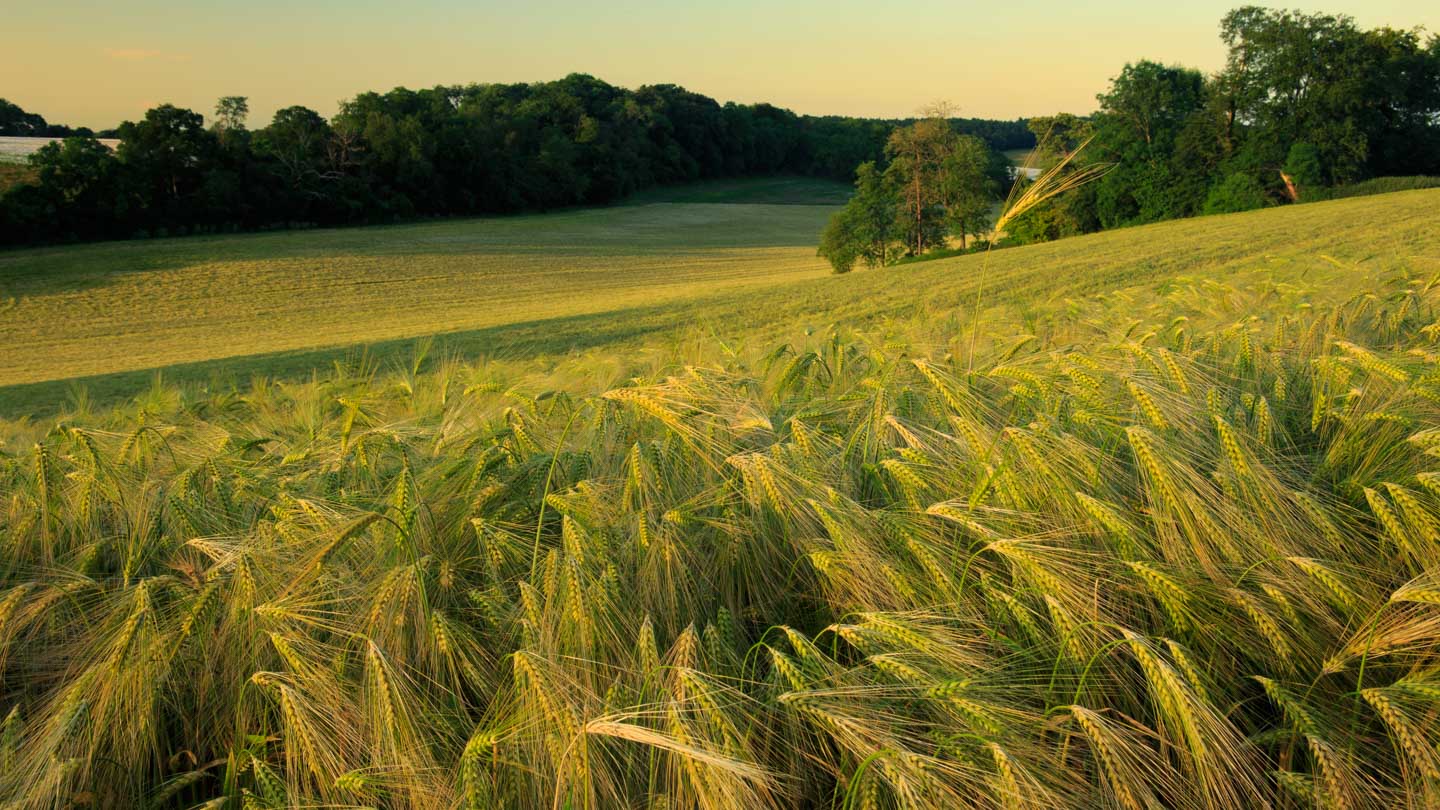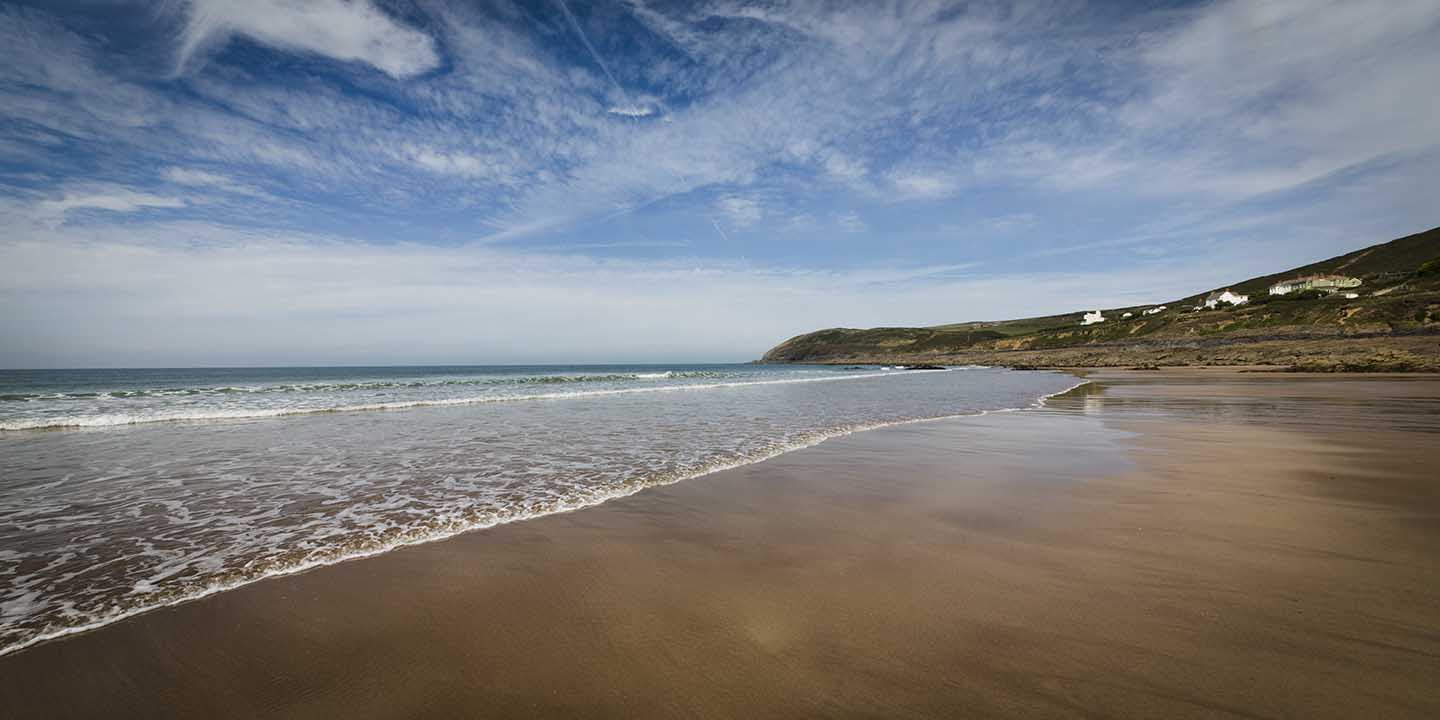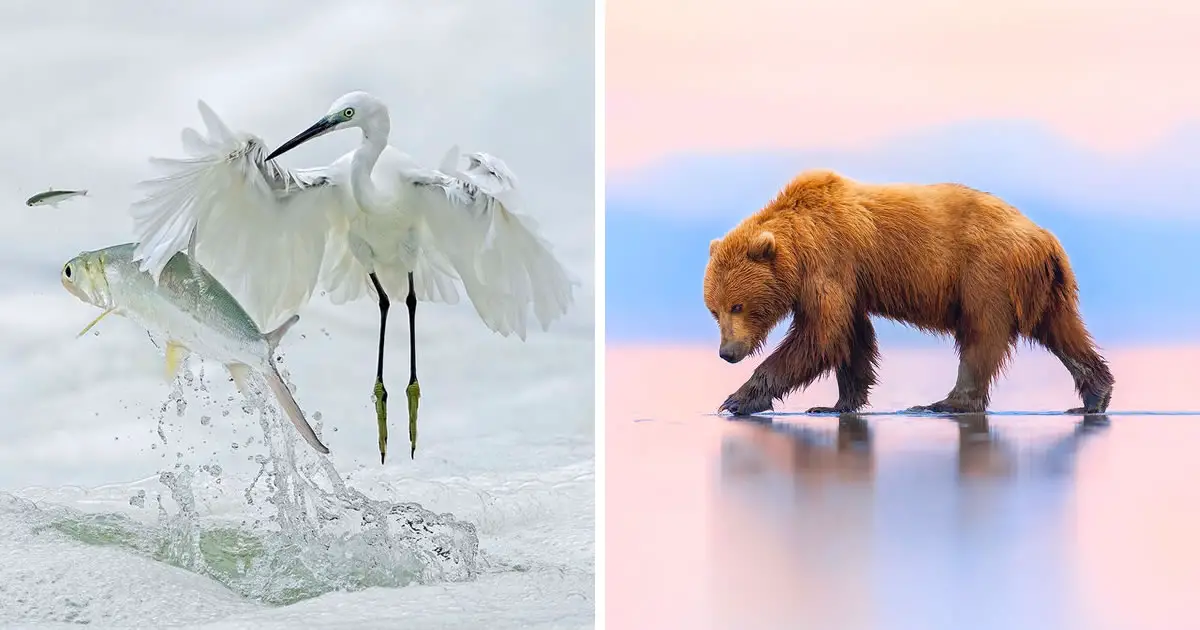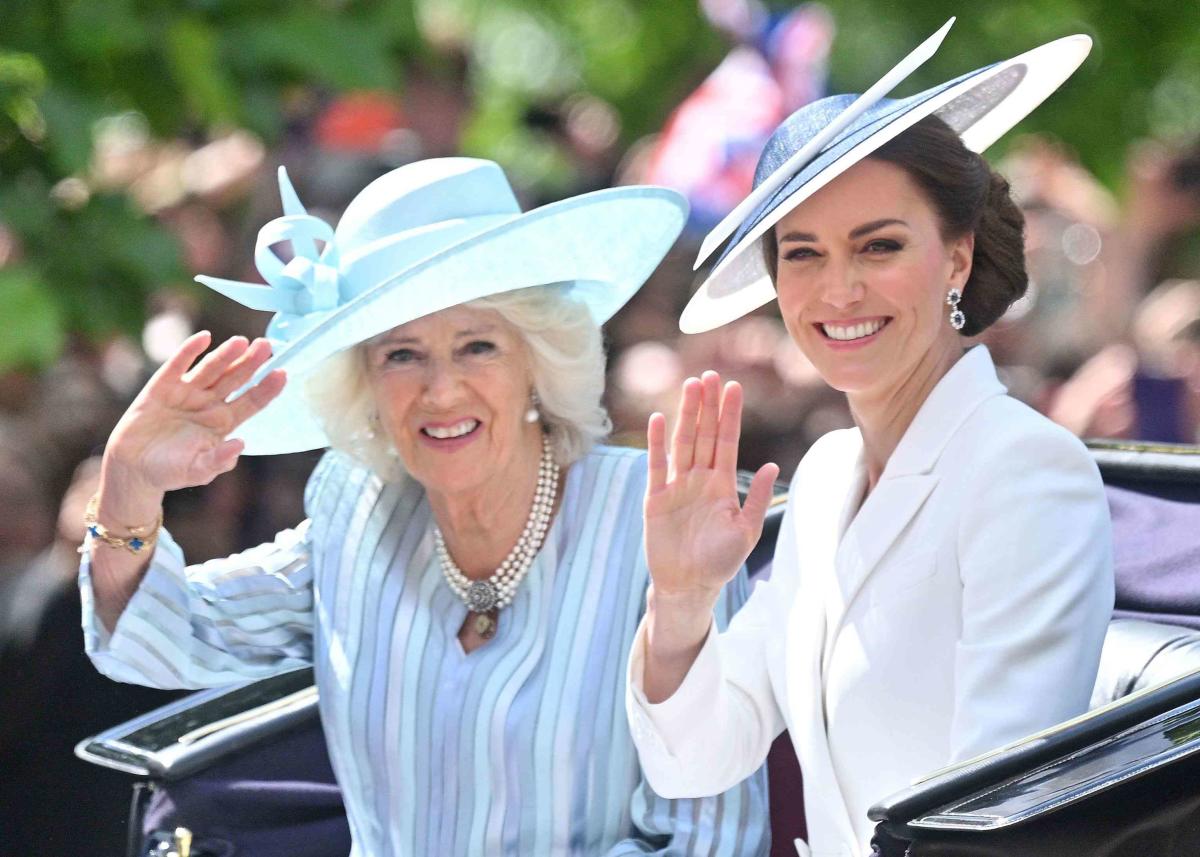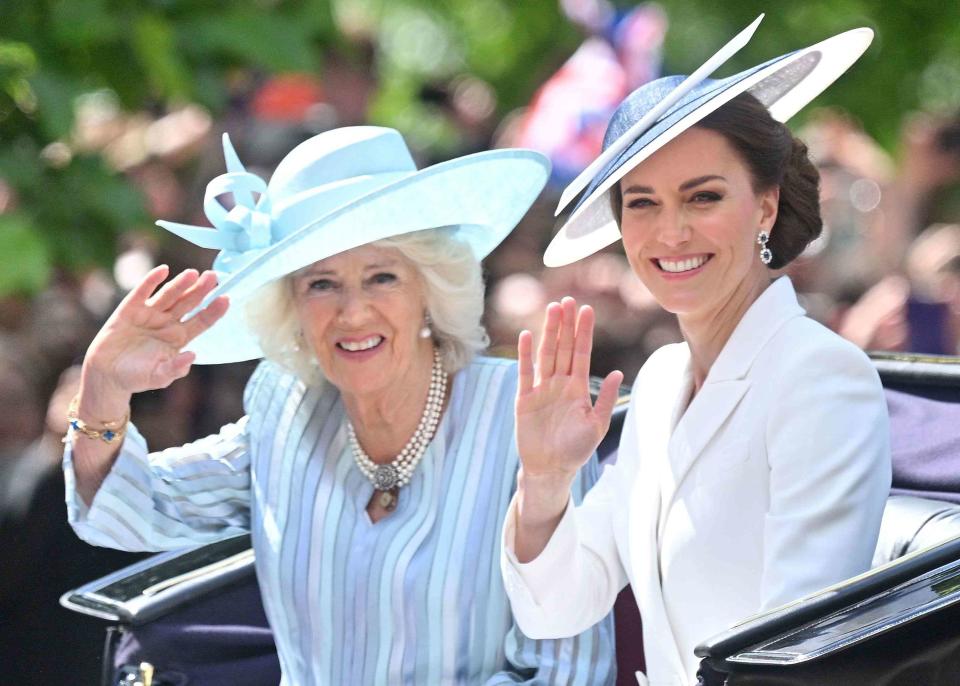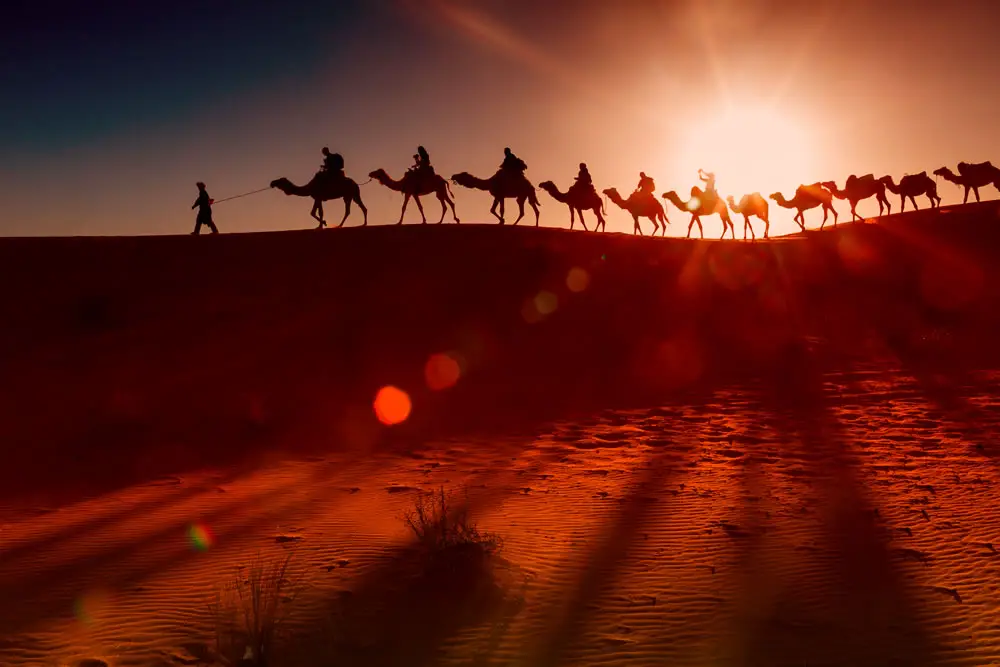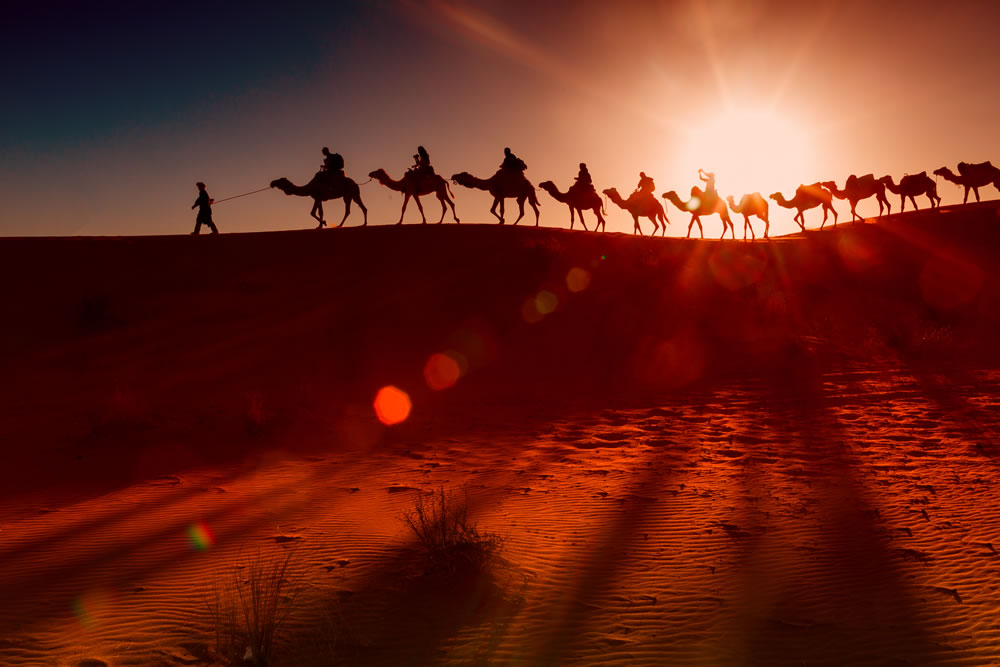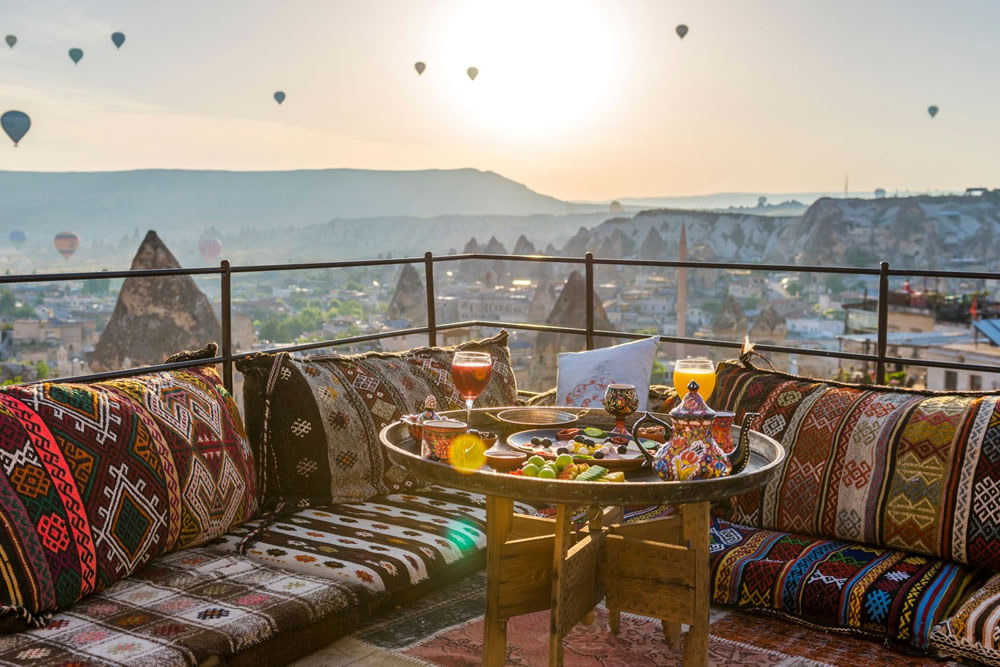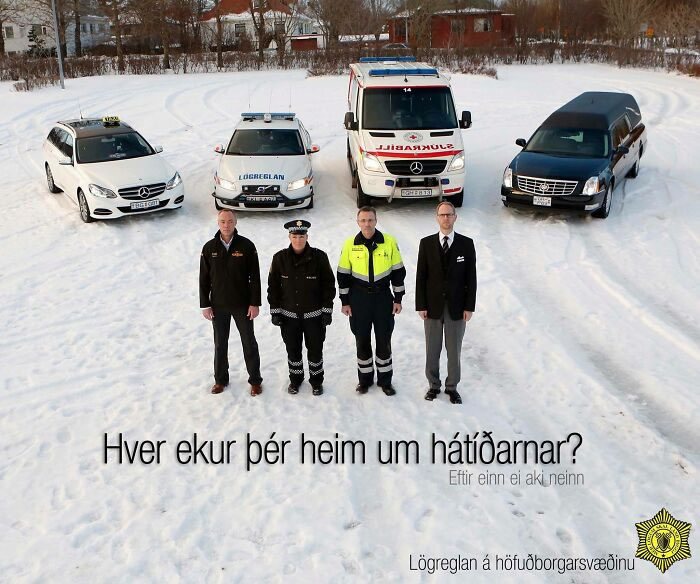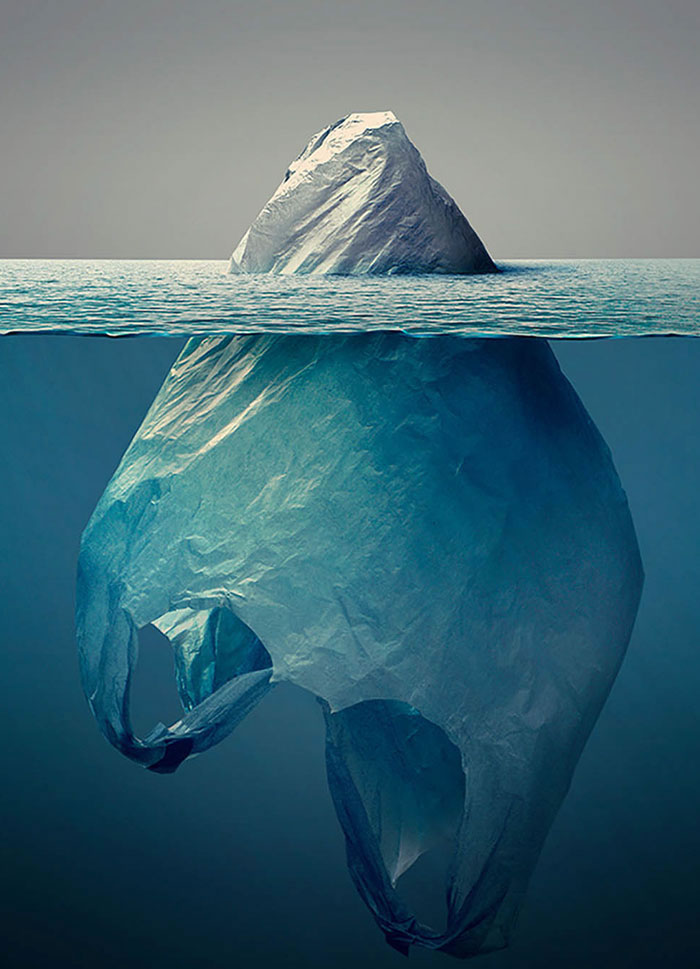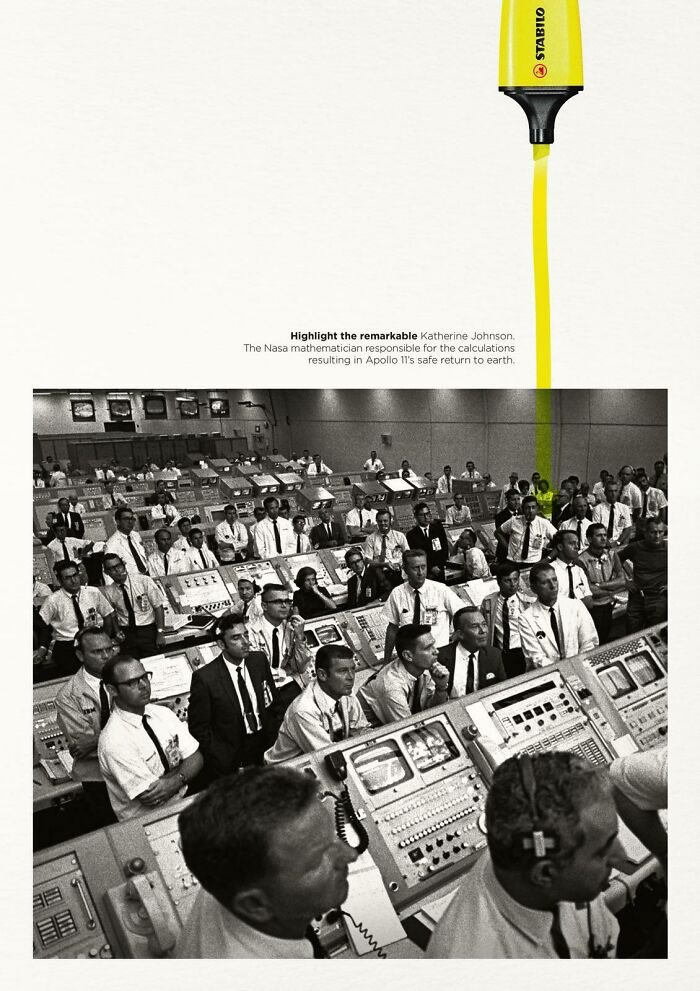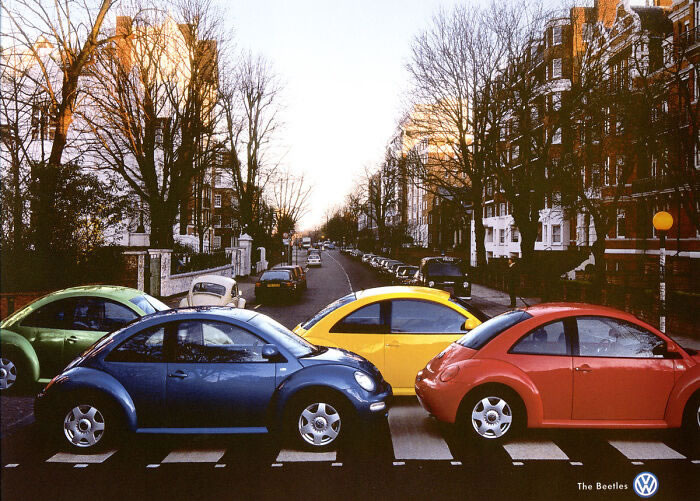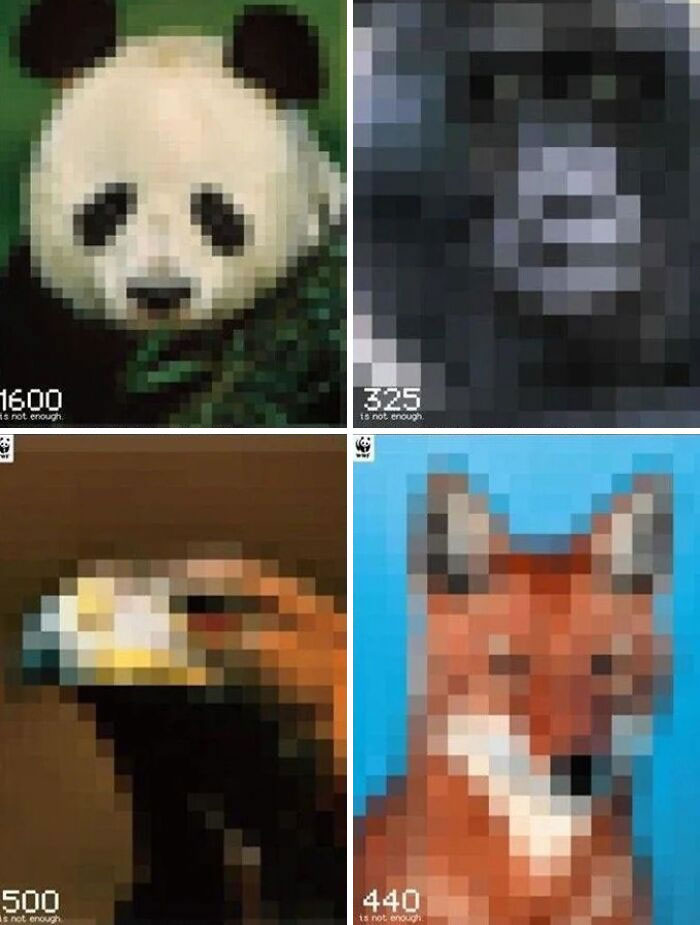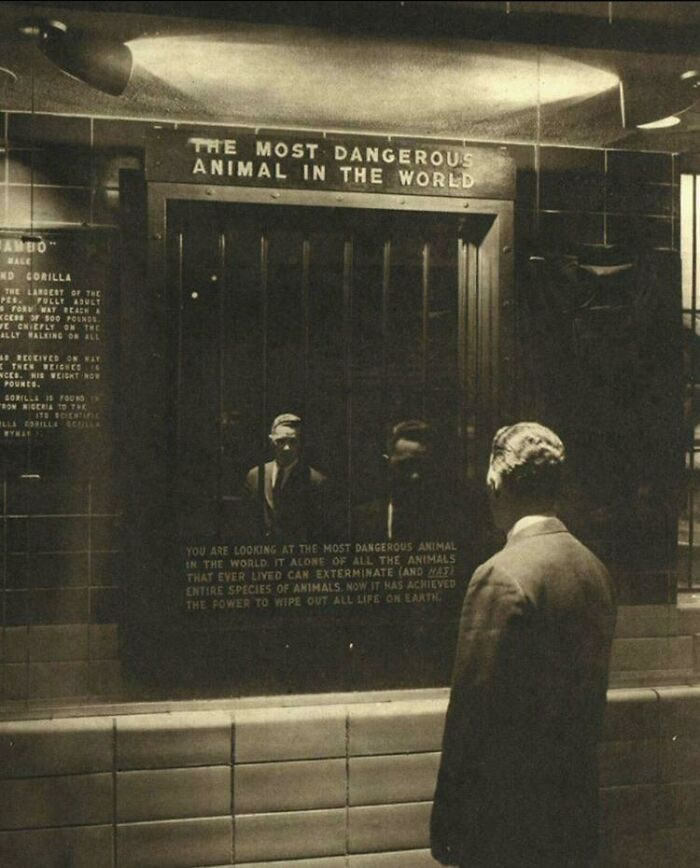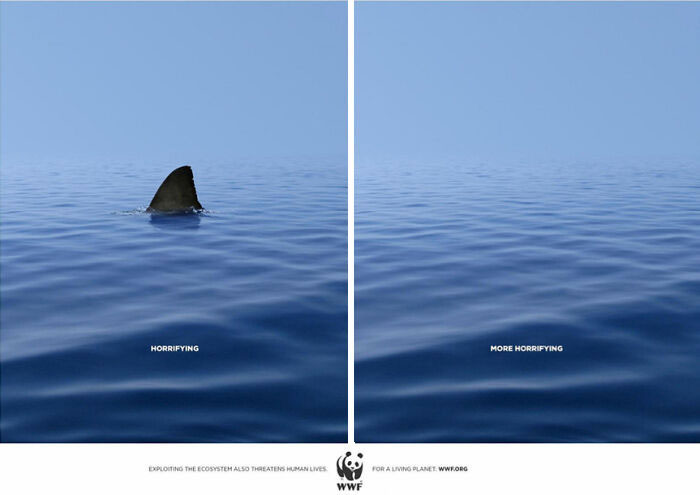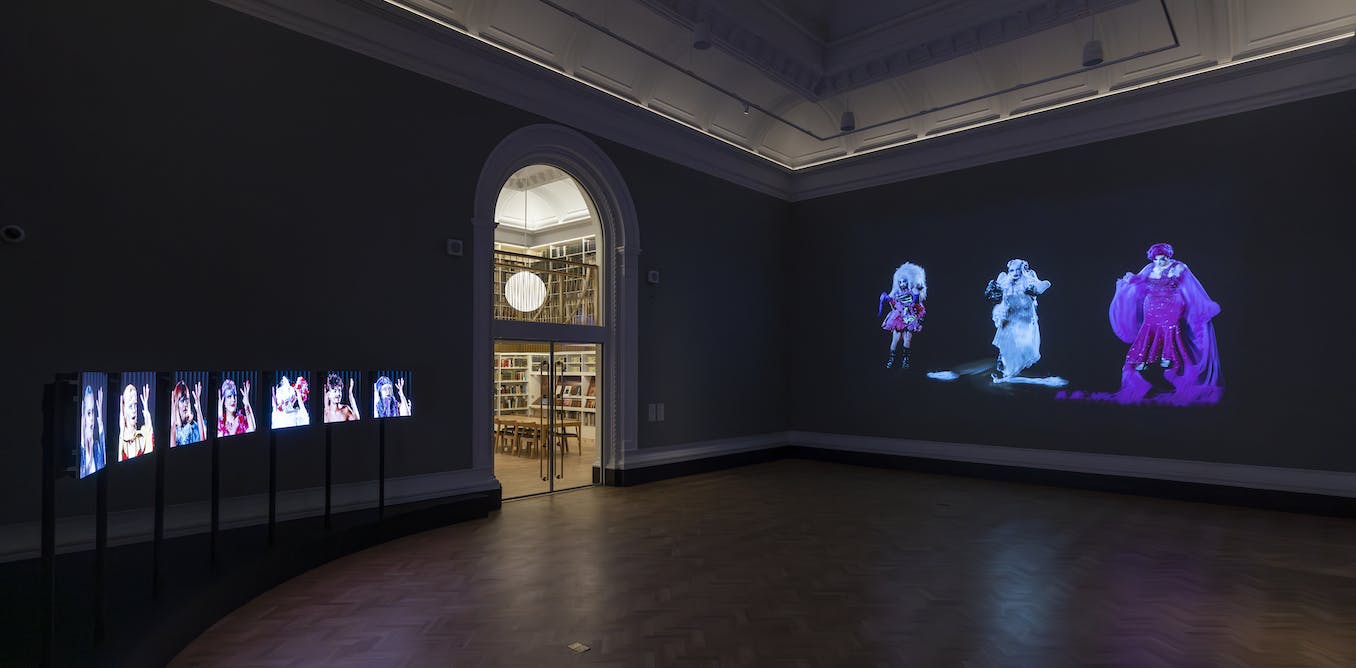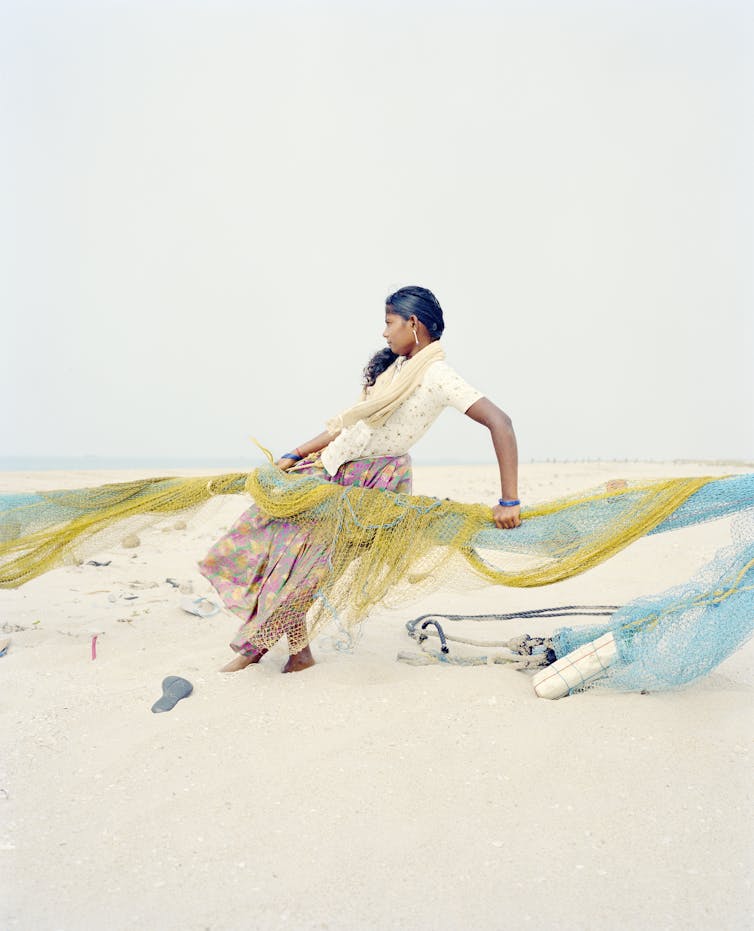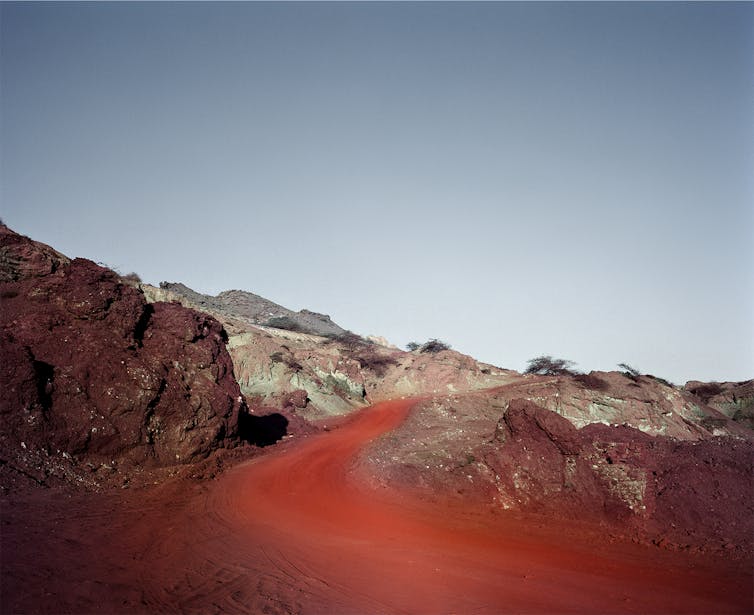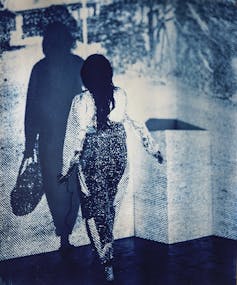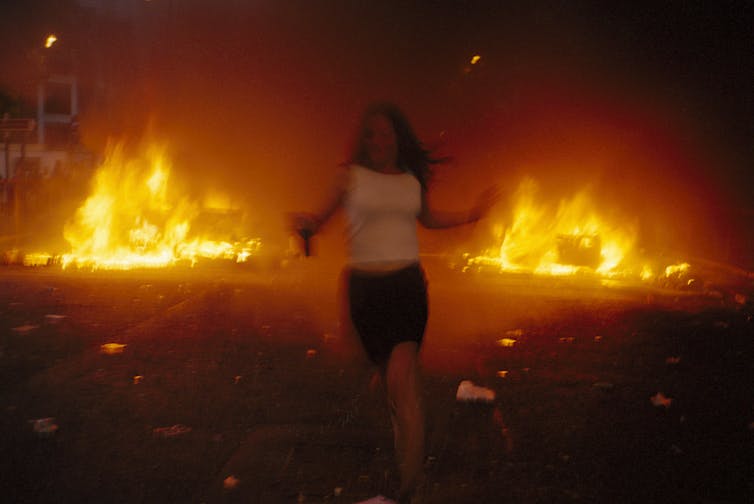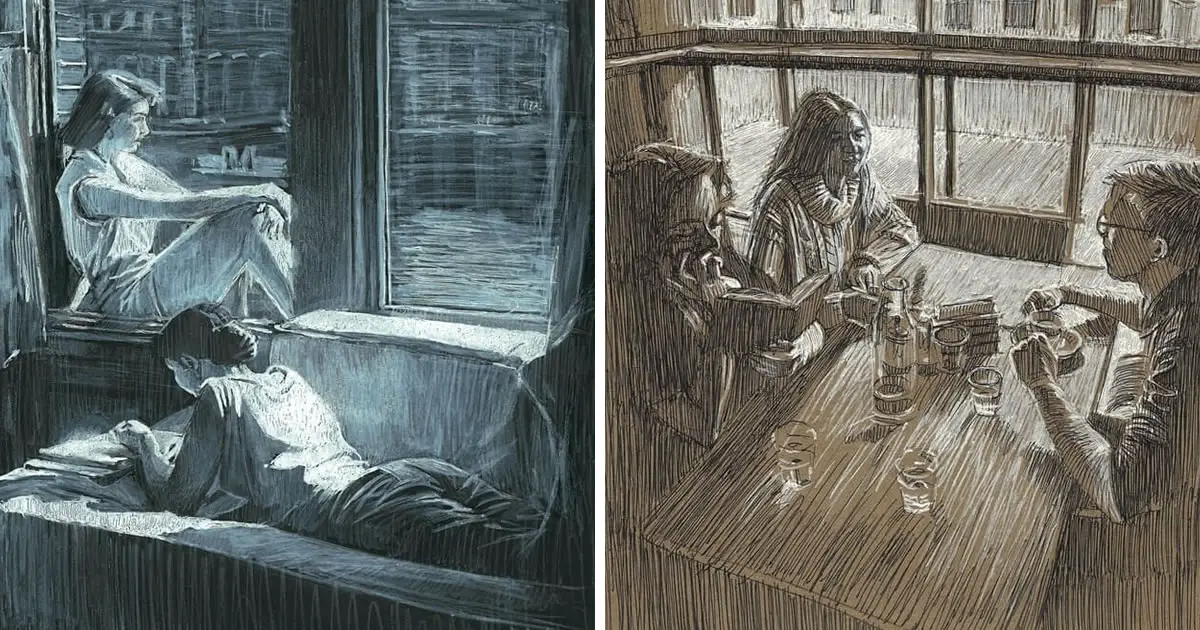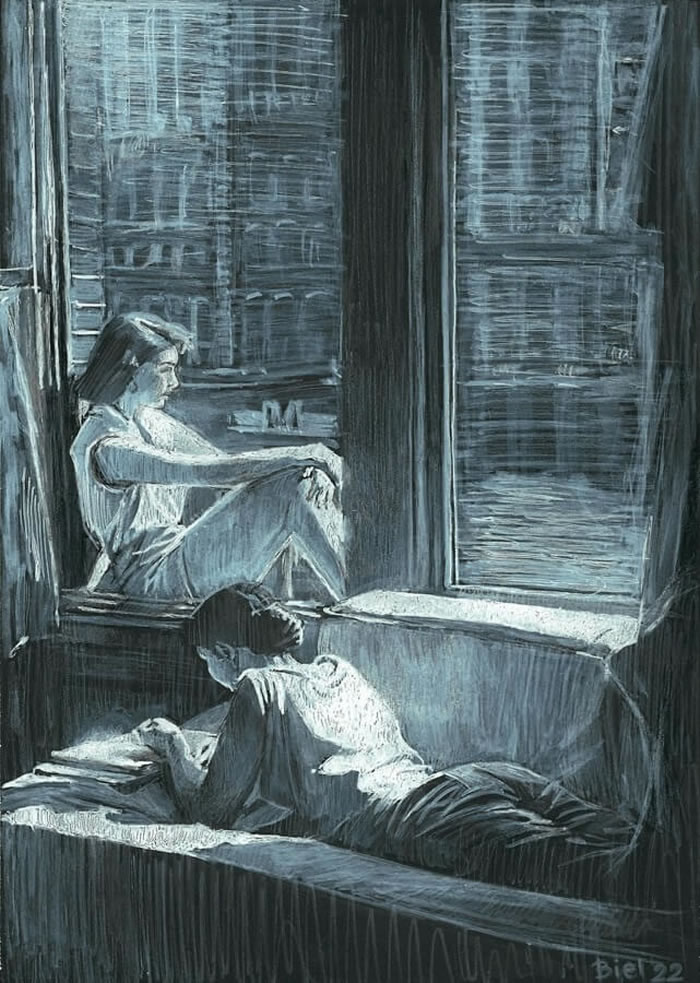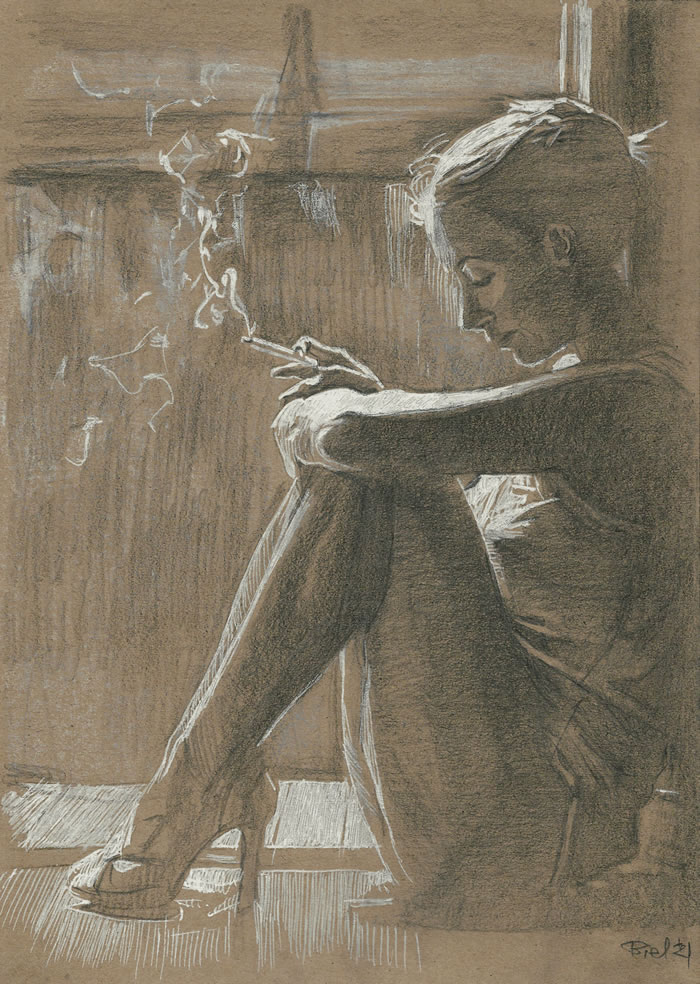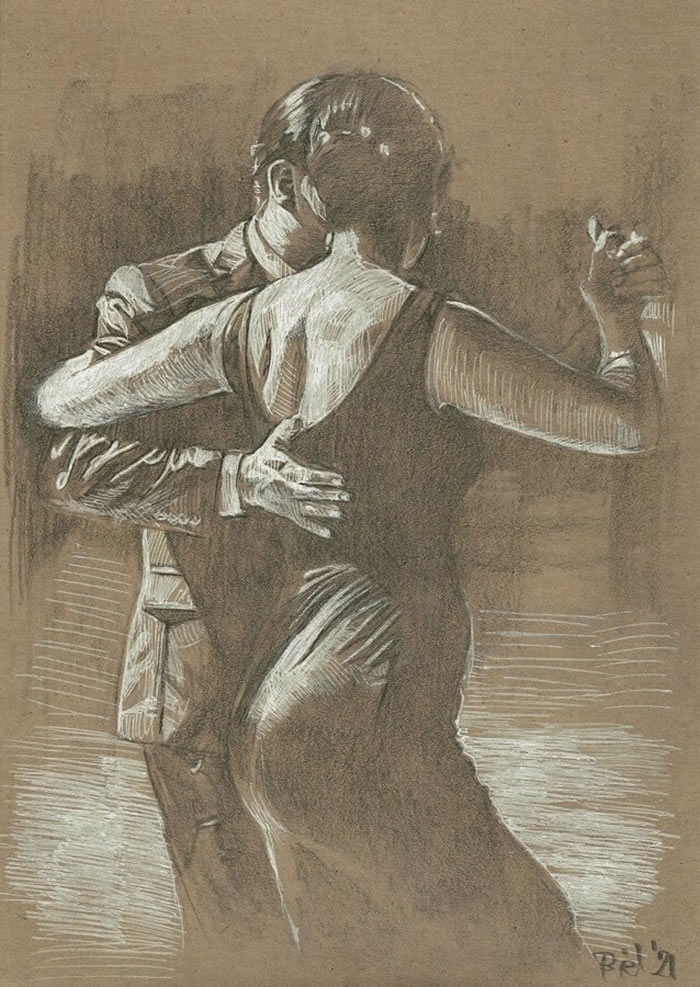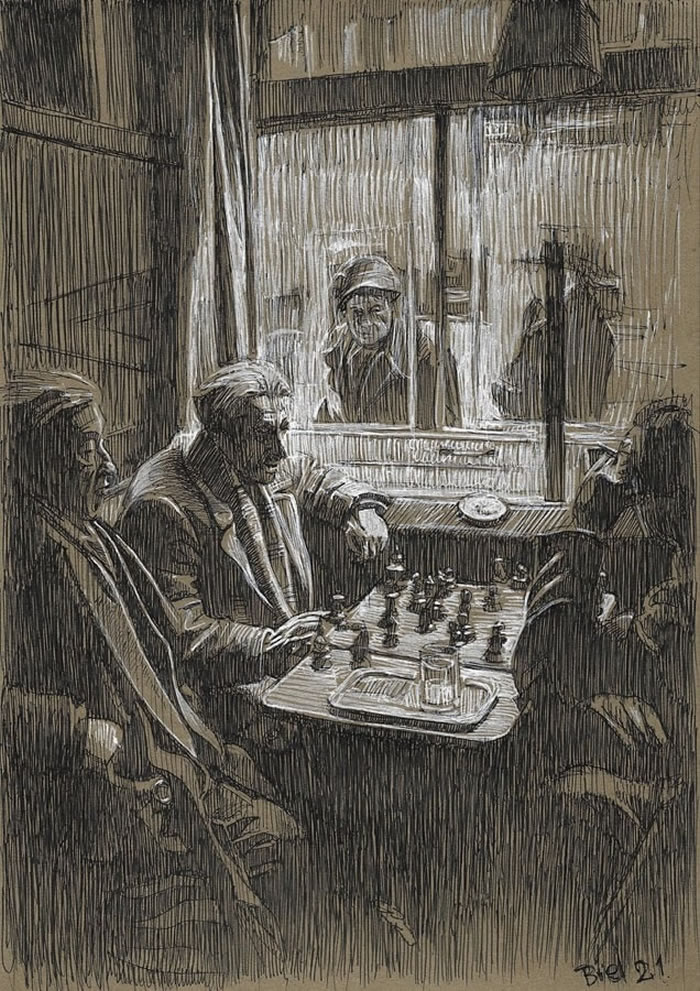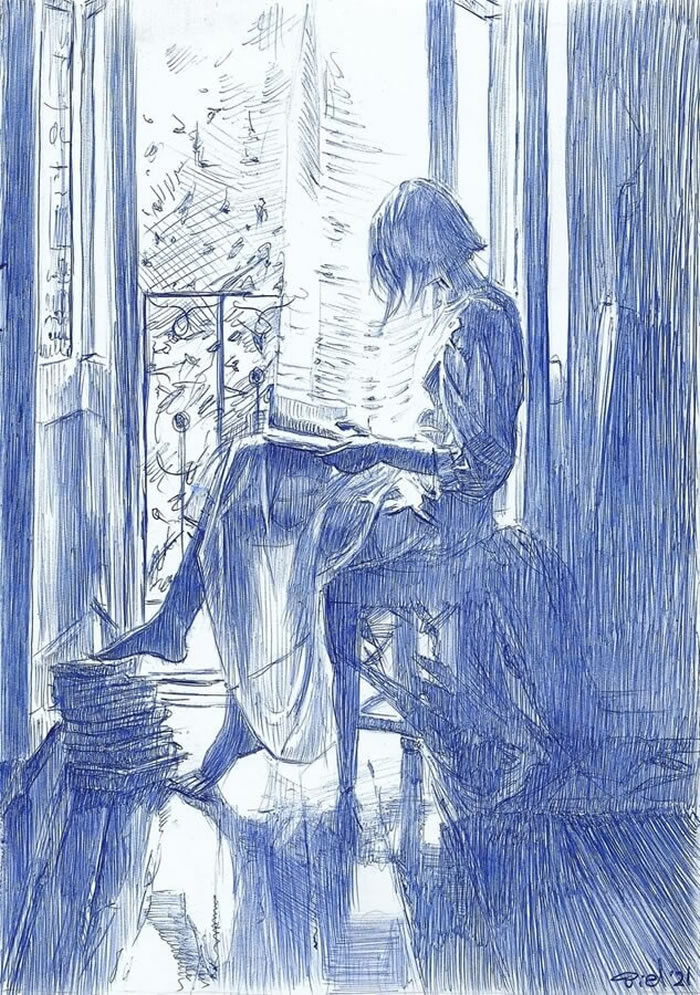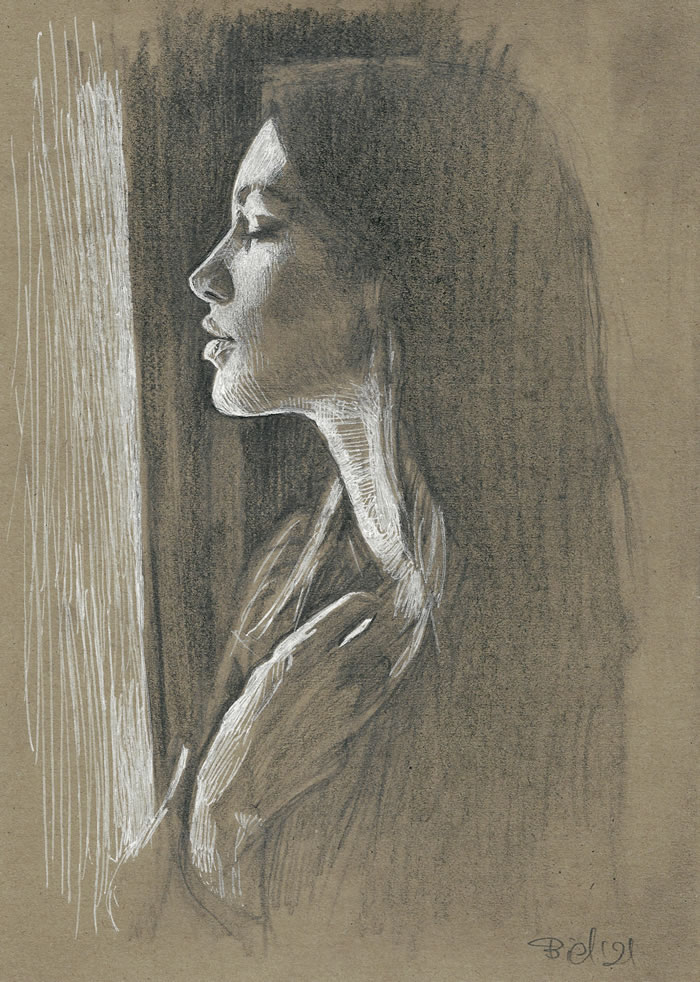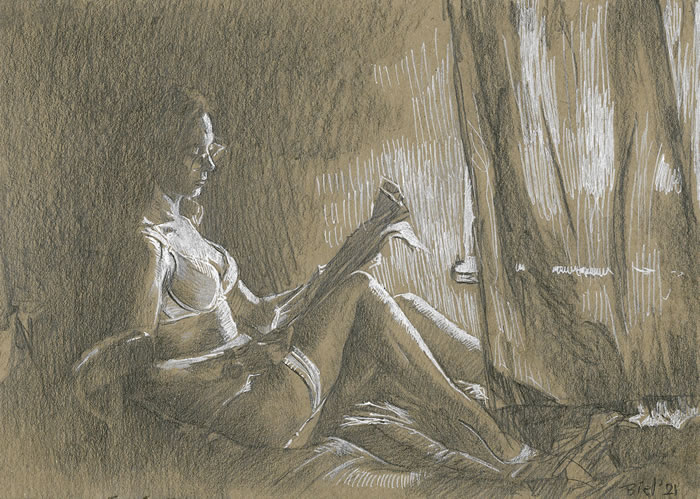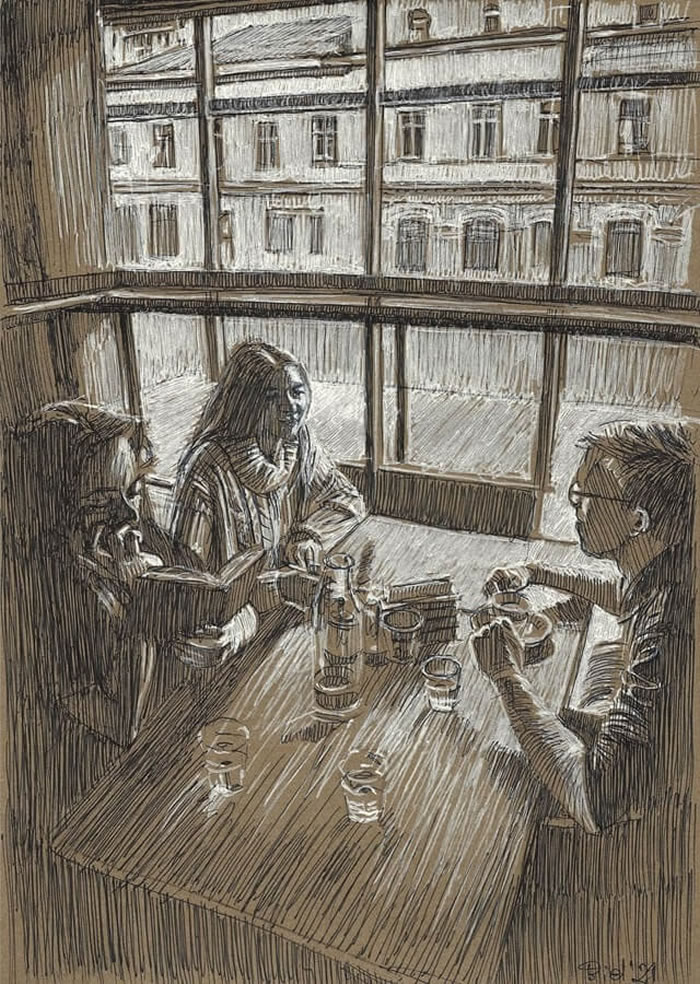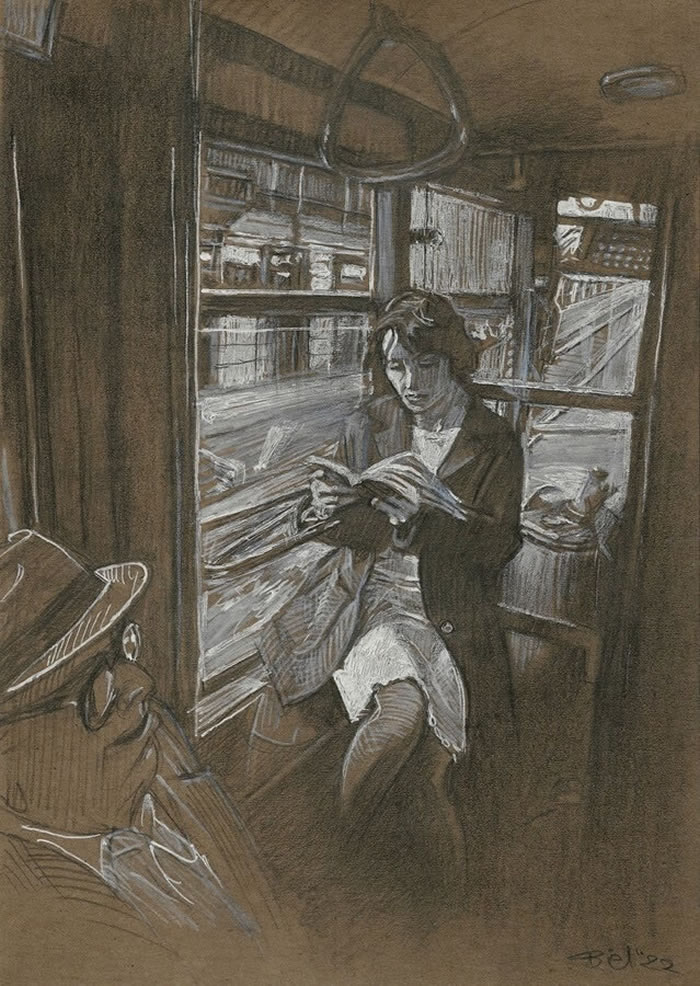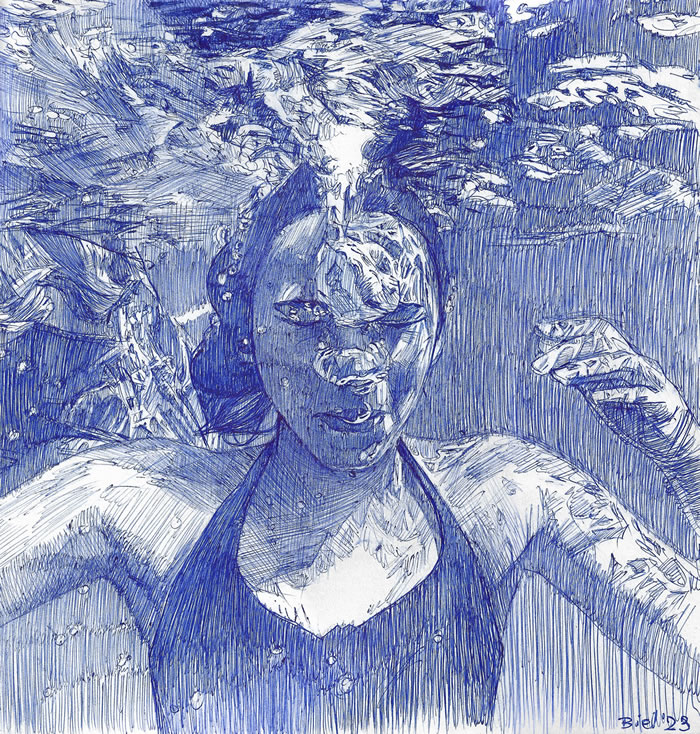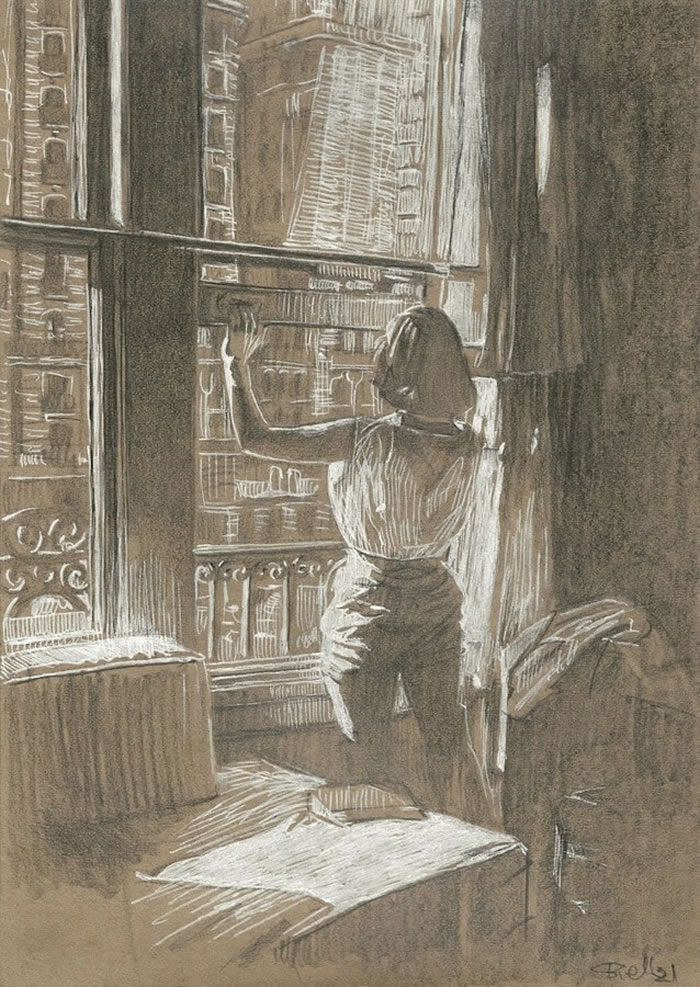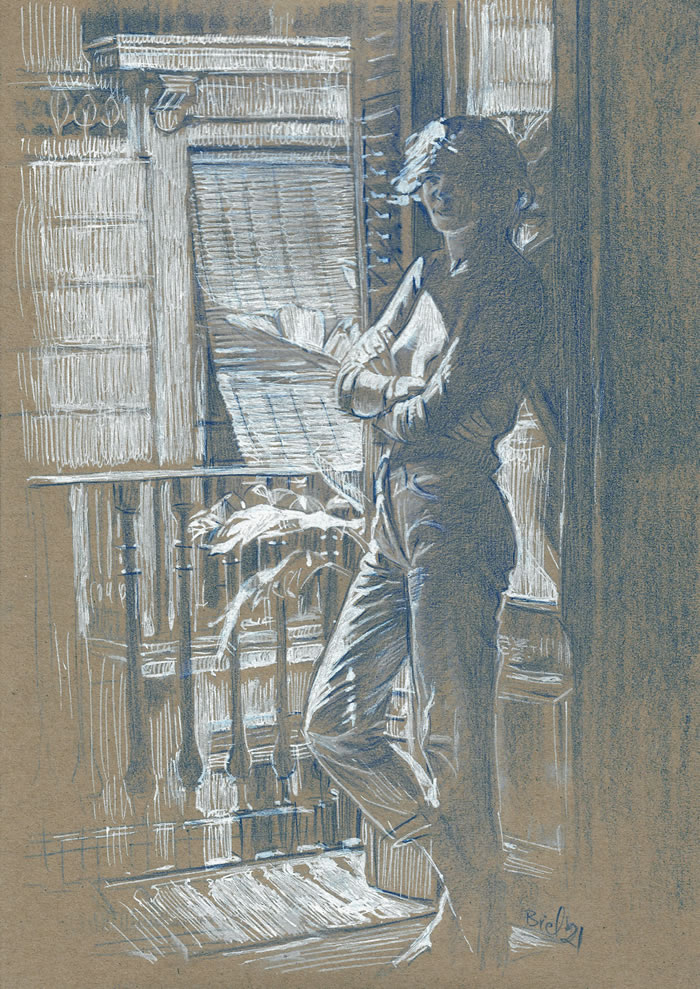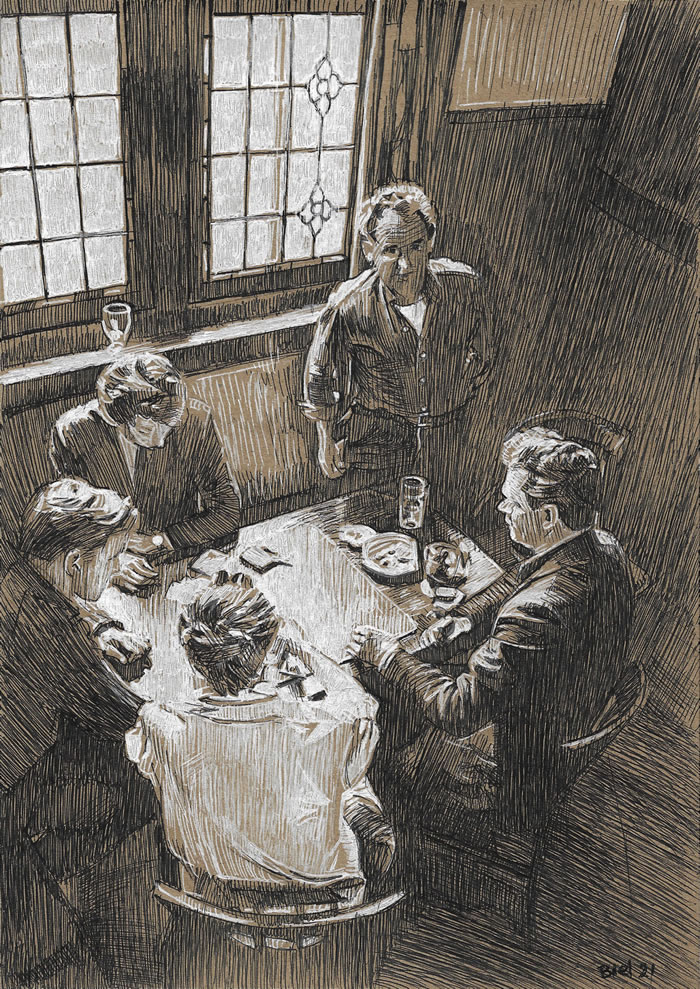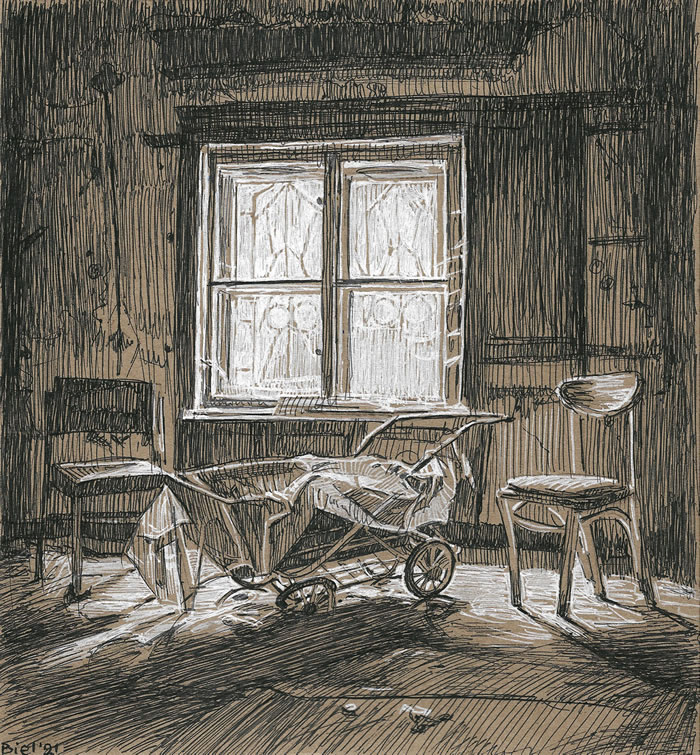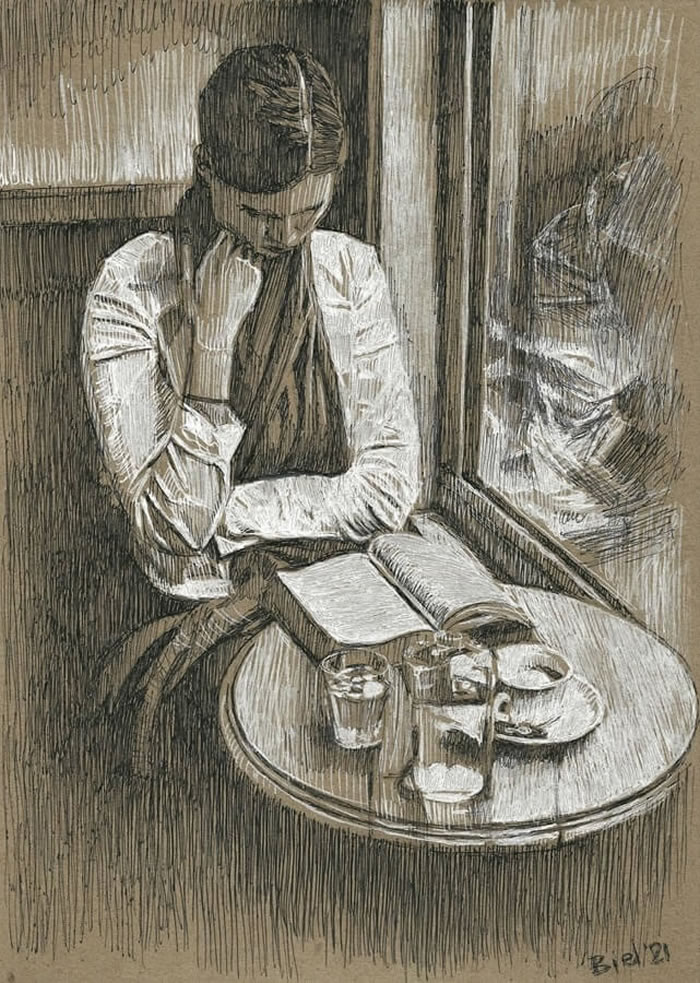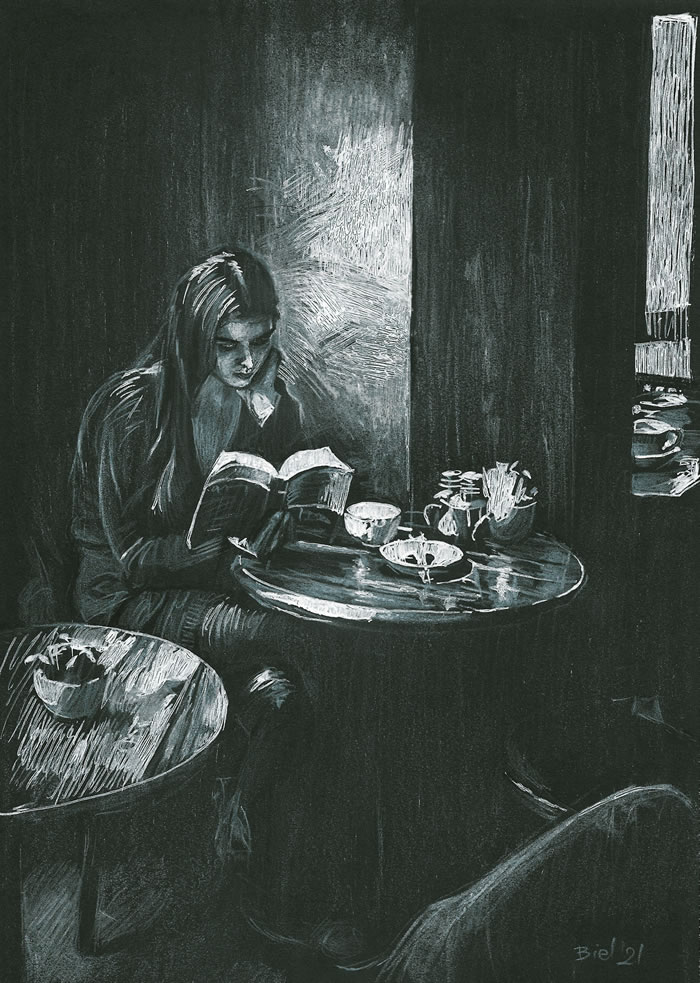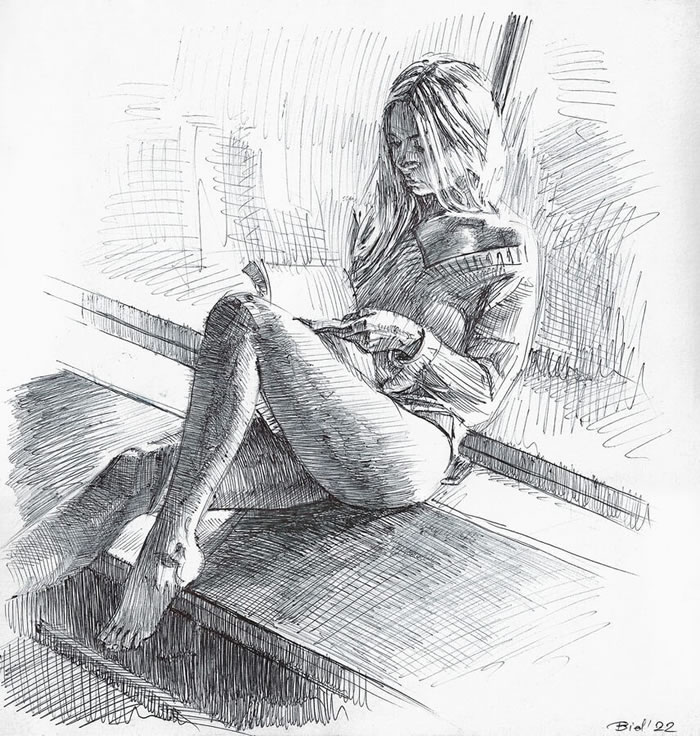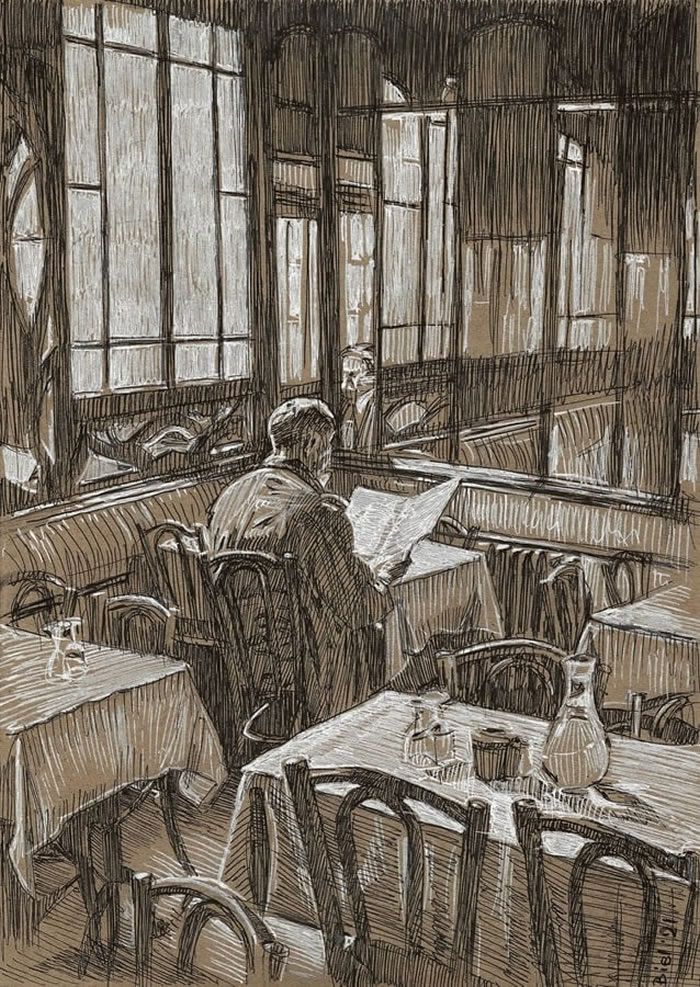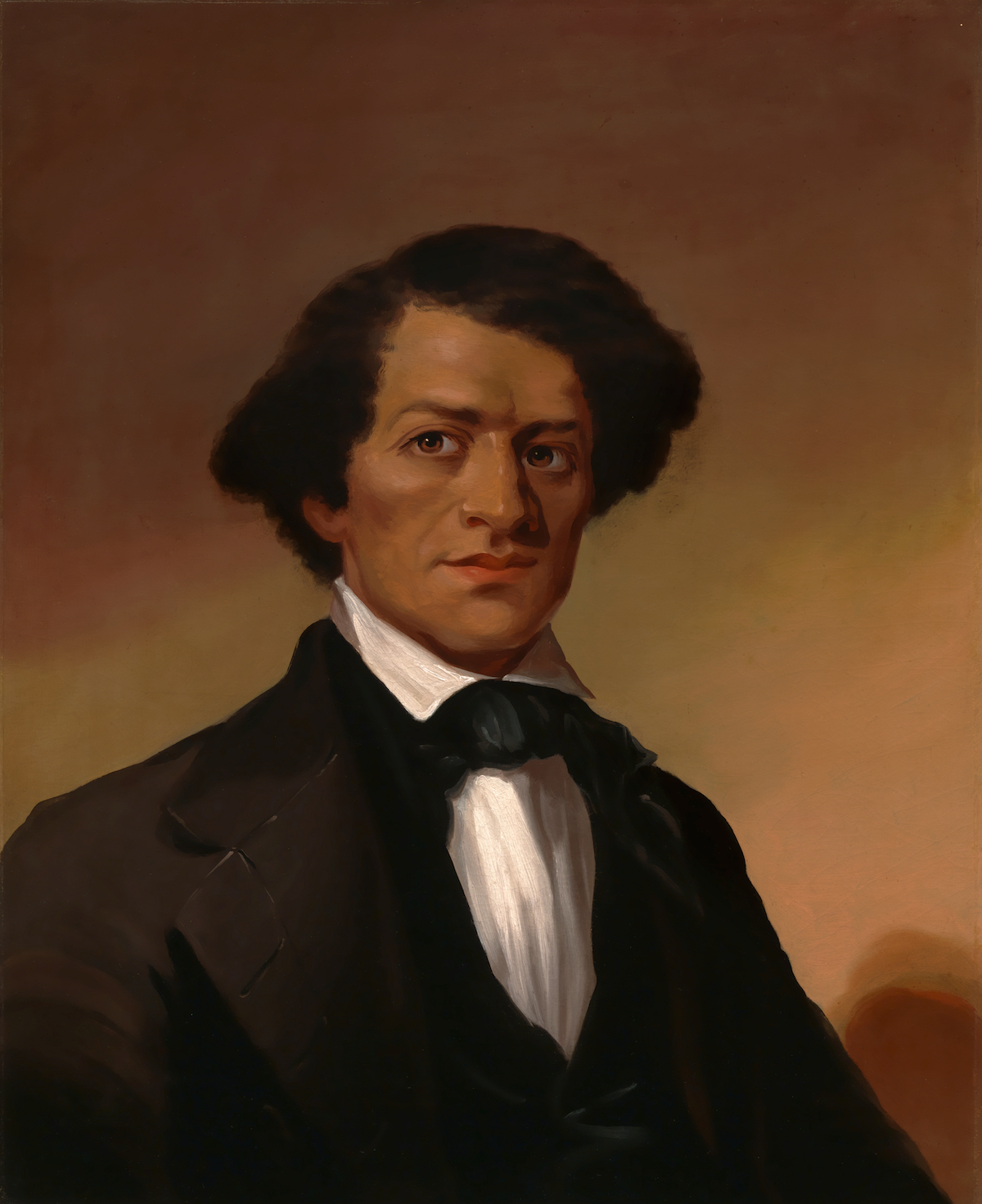The California Academy of Sciences’ prestigious BigPicture Photography Competition brought together a distinguished panel of renowned nature conservation photographers, including Cristina Mittermeier, Suzi Eszterhas, and Ami Vitale. These esteemed experts lent their expertise to the final decision-making process. The winning images showcased not only the incredible biodiversity of our world but also the unique challenges it currently faces.
Corey Arnold, the recipient of the Grand Prize, offers a distinctive perspective on nature. As both a commercial fisherman and a photographer, Arnold delves into the intricate relationship between humans and the natural world. His captivating series captures diverse moments, such as a solitary coyote darting across a pedestrian bridge in Chicago or an American black bear casually relaxing on someone’s back porch. Arnold’s winning photographs provide a captivating glimpse into the intricate coexistence of humans and animals.
Scroll down and insire yourself. Click Full Gallery link to view entire set of photographs.
You can find more info about BigPicture:
#1. Grand Prize: Backyard Friend (from Cities Gone Wild) by Corey Arnold
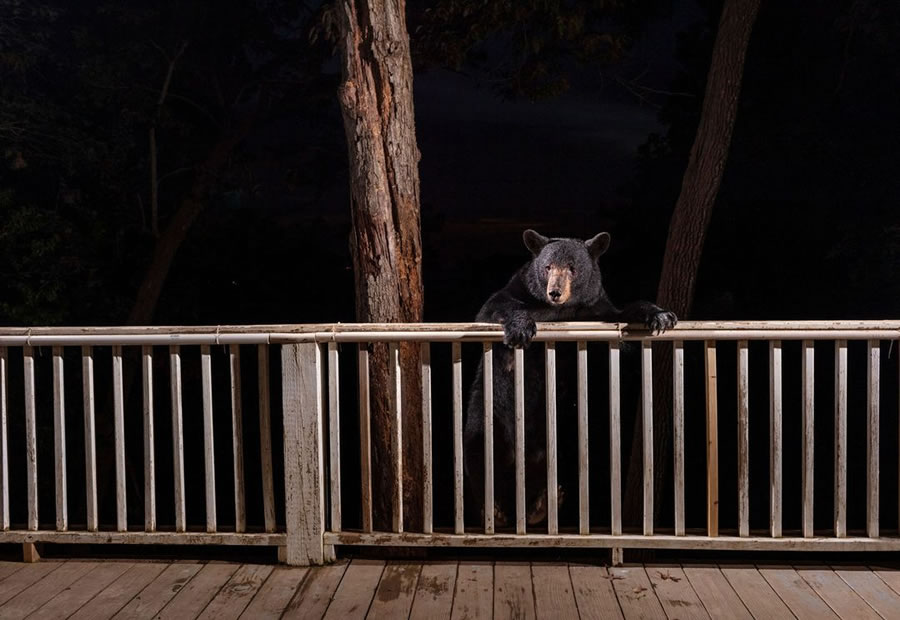
With a wildlife corridor passing through their property, a retired couple living on the outskirts of Asheville, North Carolina frequently find four-legged visitors at their back porch, including this beautiful American black bear (Ursus americanus). In fact, residents of Asheville are known for their close relationship with wild black bears in the area. This photographer theorizes that through this coexistence, these bears may be growing more intelligent and increasingly bold—resulting in close contact like that featured here.
#2. Aquatic Life, Winner: Of Blades & Spines by Kate Vylet
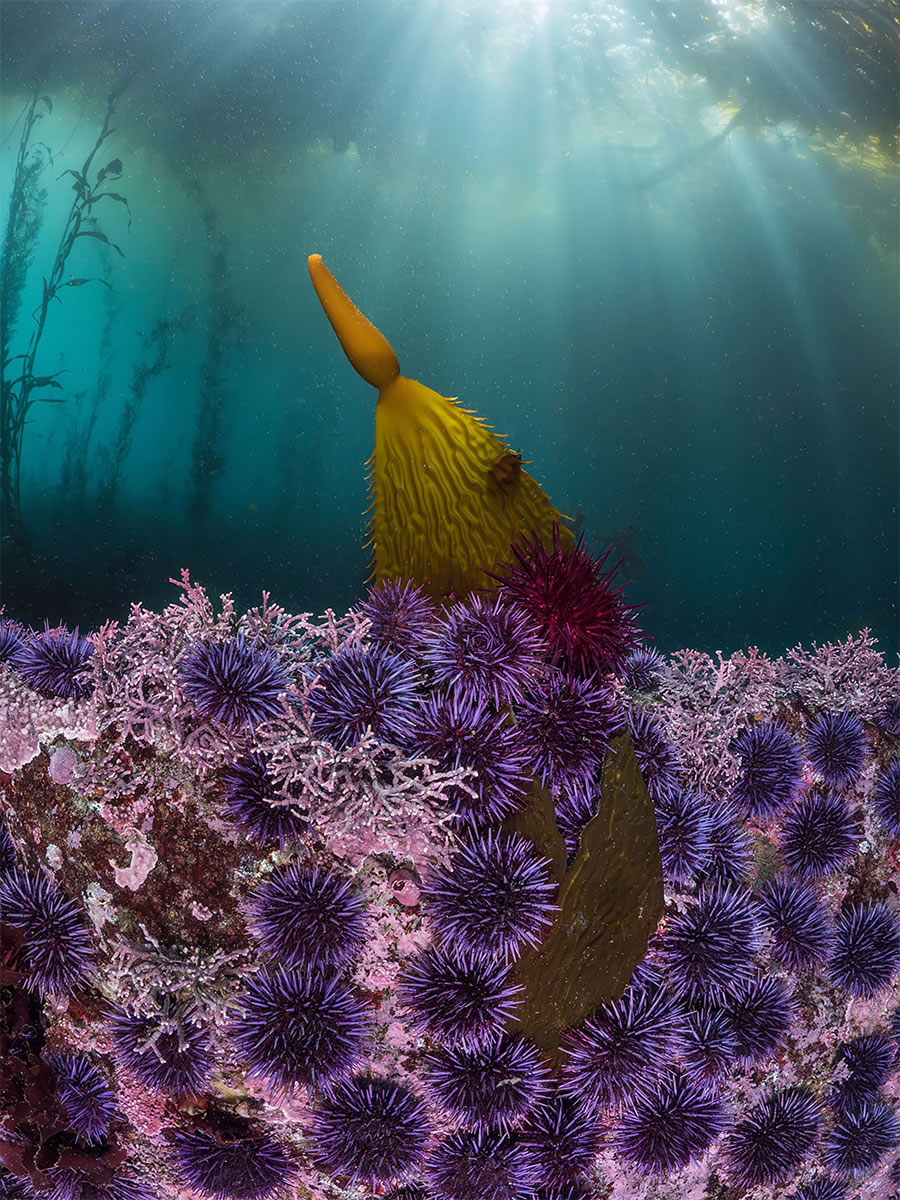
Urchins are often vilified in media coverage of changing kelp forests—they’re the most visible cause of kelp forest loss, devouring algae and replacing lush forests with spine-studded barrens. But in this remarkable photo we see how urchins belong to kelp forests as much as the kelp itself does; more importantly, they play a crucial role as detritivores—eating dead algae and feeding marine life higher up the food chain. Ultimately, urchins are trying to survive in changing seas just like kelp; the loss of their kelp forest homes is a consequence of climate change from which they also suffer.
#3. Aquatic Life, Finalist: Blanket Octopus by Heng Cai
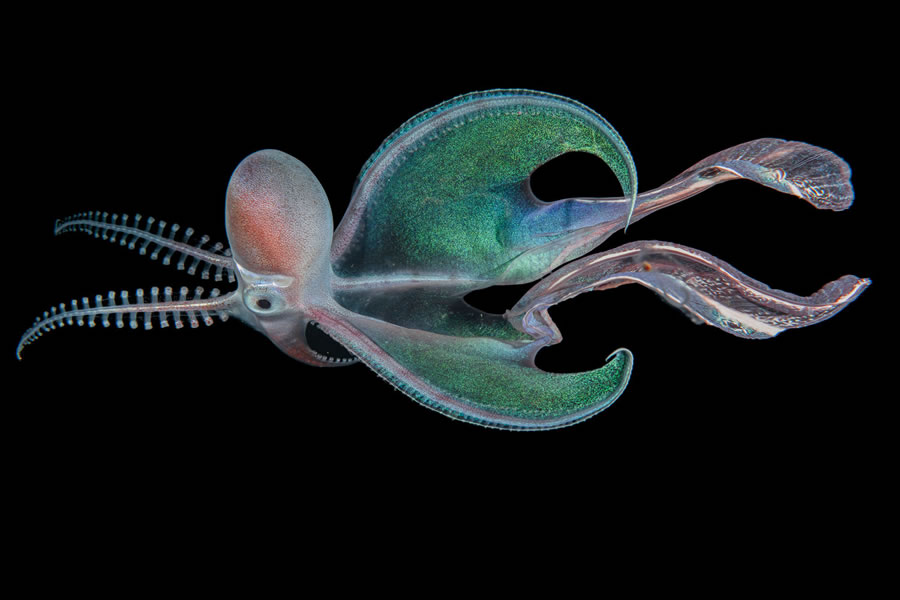
So named for the transparent webbing that connects to the female’s arms, the blanket octopus (Tremoctopus violaceus) is a curious cephalopod. They exhibit one of the most extreme displays of sexual size dimorphism in nature, with females, like the one pictured here, reaching up to nearly 6 feet in length—while the males only grow to a paltry inch.
#4. Aquatic Life, Finalist: Barrel Roll by Karim Iliya

Here, even in rough waters, a humpback whale (Megaptera novaeangliae) calf playfully rolls while its mother sleeps just out of frame. While this is an extremely rare sight—and even more remarkable photo capture—not much is known about why humpbacks roll. This photographer notes that he’s spent hundreds of hours documenting these beautiful creatures, yet had never seen this behavior demonstrated before.
#5. Terrestrial Wildlife, Winner: For Survival by Donglin Zhou
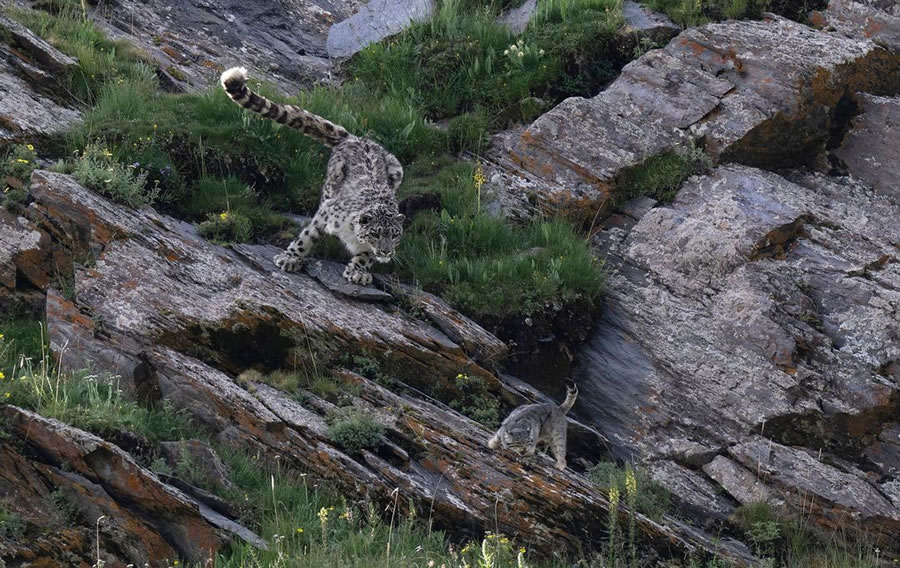
A difficult scene shows a snow leopard (Panthera uncia) and a Pallas’s cat (Otocolobus manul) both engaged in a struggle for survival—one to feed and the other to stay alive. It is remarkable to see them together at all but especially in this light, as they are typically not active during the daytime. Unfortunately for this Pallas’s cat, she picked an inopportune time to go hunting for pikas for her kittens, and even more unfortunate, these squat felids cannot outrun a leopard due to their stocky bodies. This photographer, with help from forest rangers and permission from the local government, fed her orphaned kittens with road-killed pikas from the area until the cats were able to fend for themselves.
#6. Terrestrial Wildlife, Finalist: Livin’ On The Edge by Amit Eshel
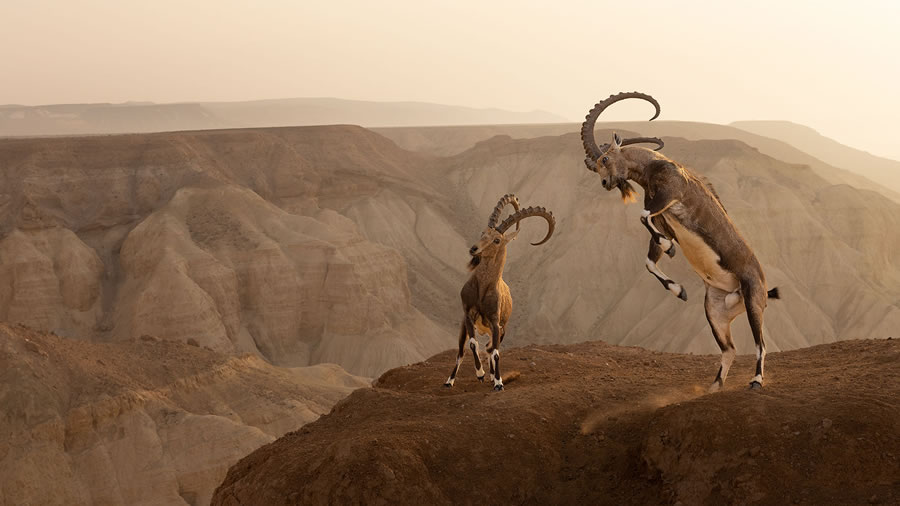
As there are less than 5,000 of them left in the world, finding any Nubian ibex (Capra nubiana) is a challenge—let alone battling adult males. This photographer has witnessed numerous juveniles bumping heads as practice, but before this moment had never seen adult males battling at full power for the right to breed.
#7. Terrestrial Wildlife, Finalist: Cloud Walker by Torie Hilley

Looking for a change in scenery while traveling for the first time since the pandemic began, this photographer wasn’t disappointed by Alaska or this Alaskan Peninsula brown bear (Ursus arctos gyas). However, she did have to practice patience, as most days were dominated by cloudy conditions. Finally, the sky gradually started to change color, making the ground appear as though this majestic animal was walking on clouds and allowing the photographer to capture this breathtaking, ethereal image.
#8. Winged Life, Winner: Pass By by Lin Xiaoping
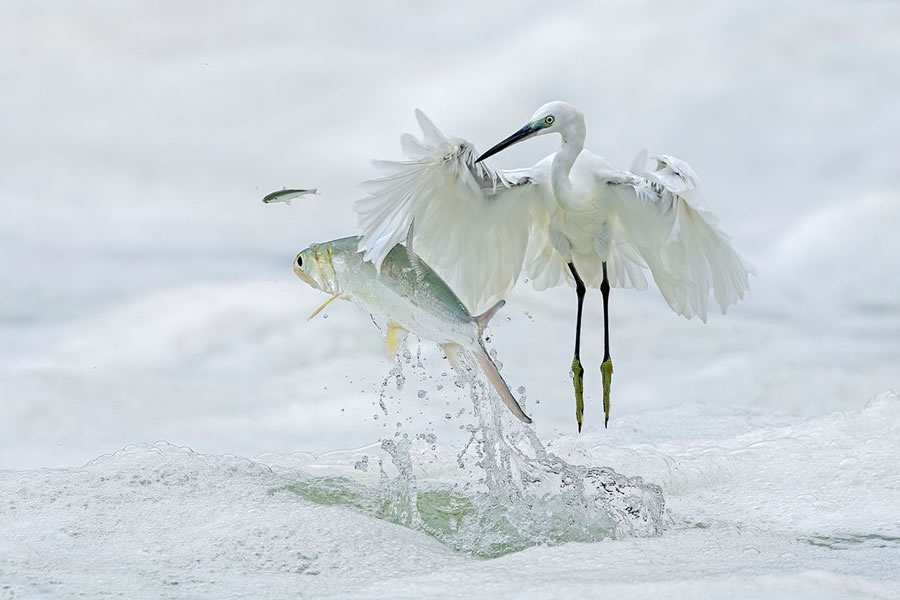
Xiamen City is home to thousands of egrets, earning it the nickname ‘the island of the egrets.’ At first blush, this image captured there appears to be a simple photo of an egret getting a surprise jump from its prospective meal. Then, a moment of delight—the meal is chasing a meal of its own!
#9. Winged Life, Finalist: Washed Off by Lalith Ekanayake
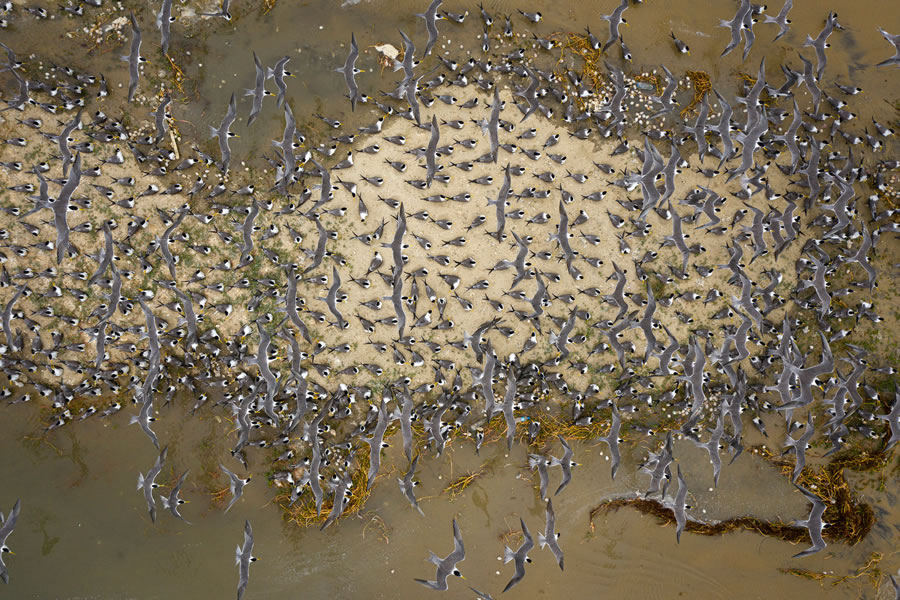
From a bird’s eye view, this is an artful, geometric perspective of greater crested terns (Thalasseus bergii), but it reveals a tragic scene. Upon closer inspection, one sees the terns in a frenzied flight to save their hundreds of eggs—laid on the sparse sand patches—from being washed away into the sea.
#10. Winged Life, Finalist: Dedication by Kurt Jay Bertels
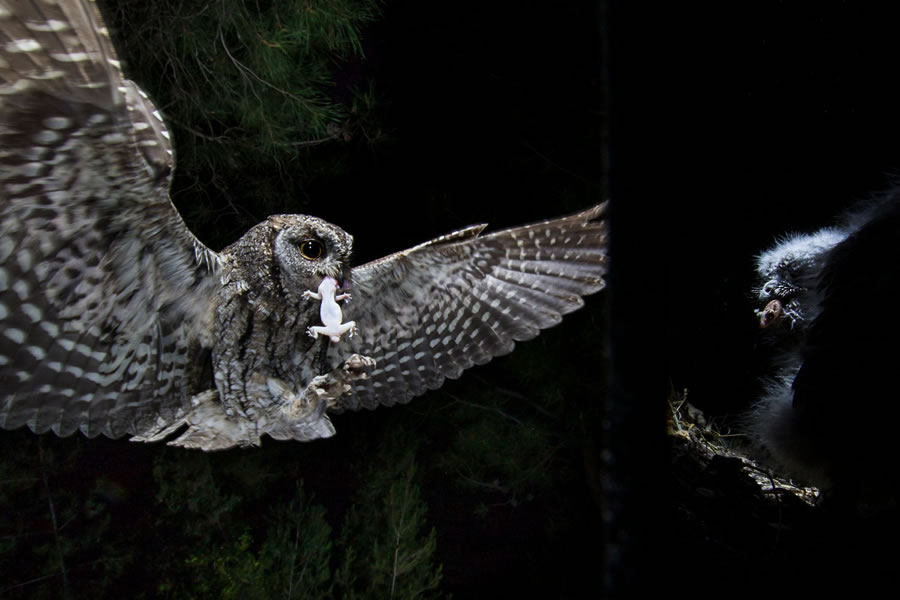
This photographer had always hoped to capture the inside and outside of an owl tree nest at the same time. With this exact photo in mind, he took years to construct an appropriate camera trap and bird box and wait for these Cyprus scops owls (Otus cyprius) to use it. And use it they did. The pictured owl alone returned to its offspring nearly twenty times a night with all manner of prey in tow, including this unlucky gecko.
#11. Landscapes, Waterscapes, and Flora, Winner: Regeneration by Miquel Angel Artús Illana

In 2015, a fire in Jasper National Park necessitated the evacuation of nearly a hundred people and ended up spanning several thousand hectares; months later, this photographer returned to the site and was impressed by the area’s resilience. Though the rocky bottom of the mountainside gives the illusion that the spruce trees are still ablaze, the rich foliage assures that this is a park in recovery—but for how long?
#12. Landscapes, Waterscapes, and Flora, Finalist: Washed Away by Audun Rikardsen
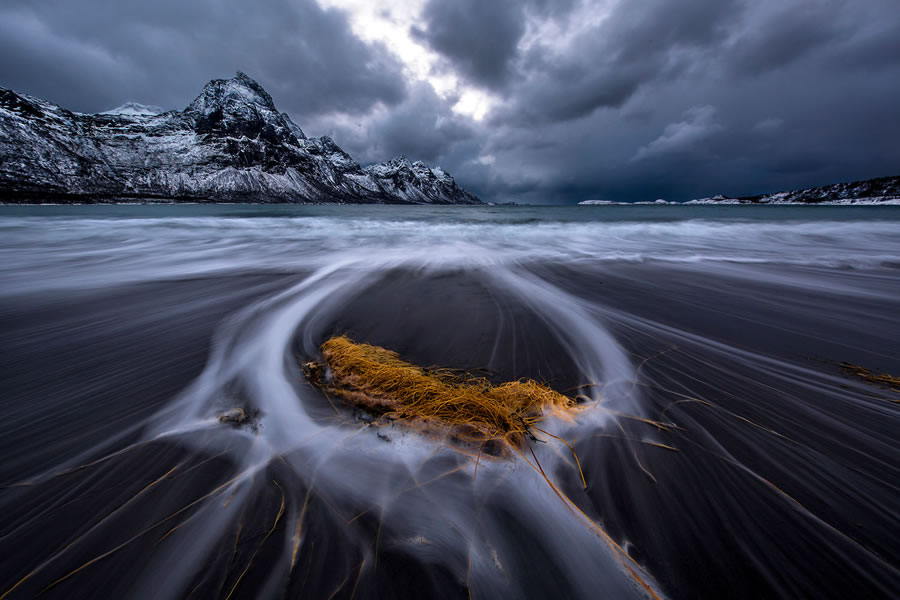
A powerful, haunting image of eelgrass being dragged back into frigid Arctic waters during extreme high tide on Brennviksanden Beach in Steigen, Norway.
#13. Landscapes, Waterscapes, and Flora, Finalist: Northern Lights In The Sand by Antonio Fernandez
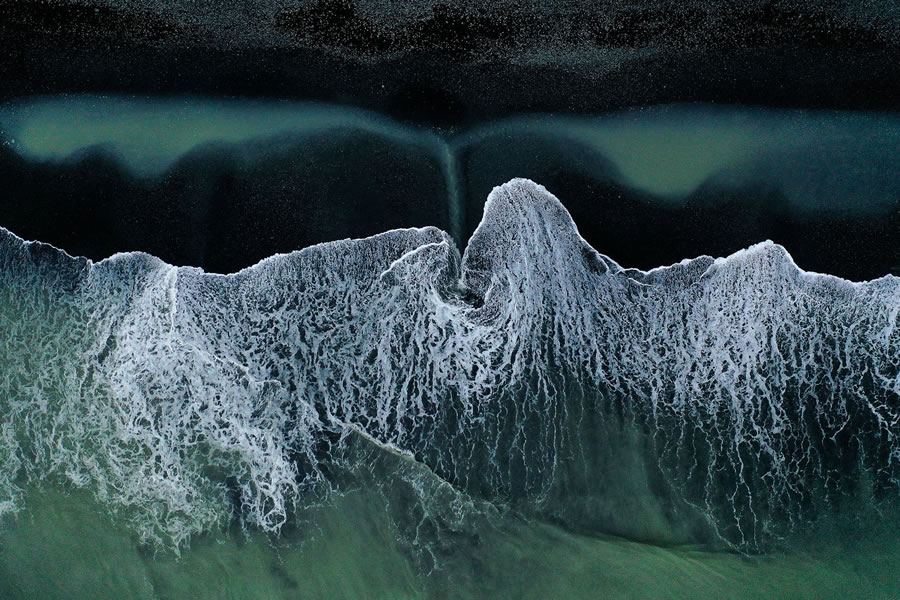
Naturally, this photographer had high hopes of seeing the Northern Lights while in Iceland. Unfortunately, due to gray skies and the low intensity of the lights, he wasn’t able to capture them in the sky; however, he later found a surprise in the sand of Iceland’s volcanic black beaches—a shock of green that closely resembled the iconic Arctic phenomenon.
#14. Art of Nature, Winner: Field of Dreams by J Fritz Rumpf
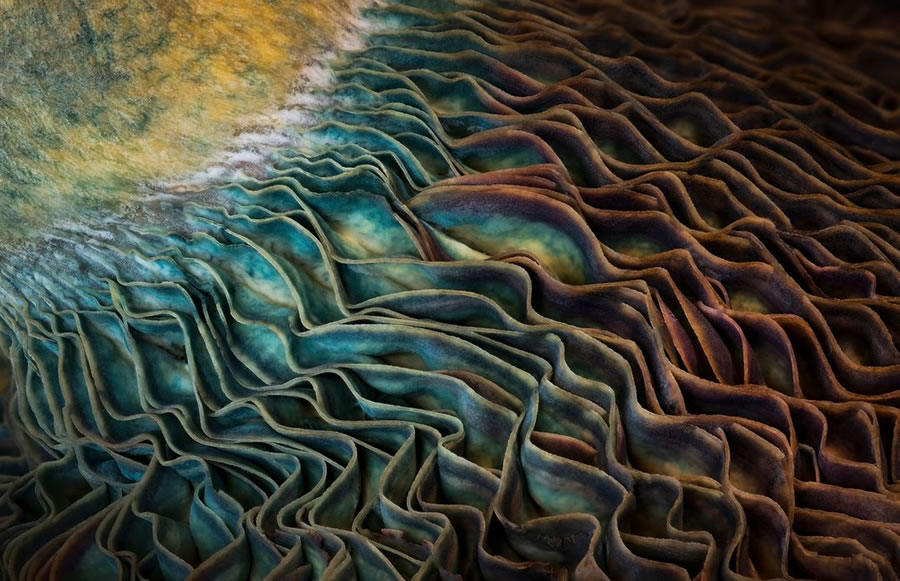
This year’s Art of Nature winner serves as a photographic Rorschach test! The photographer mentions a range of reactions and theories as to what the mesmerizing lines might be part of. A coastal scene with waves crashing on the cliff or sand rippled with waves in the deep desert? We’ll keep you in suspense no longer: It’s the underside of a mushroom, likely a member of the Lactarius family. The photographer notes that he was drawn back to the unusually vibrant colors displayed on the gills, the blue color in particular, which might indicate the presence of psilocybin or psilocin. Trippy indeed!
#15. Art of Nature, Finalist: Transition by Thorben Danke
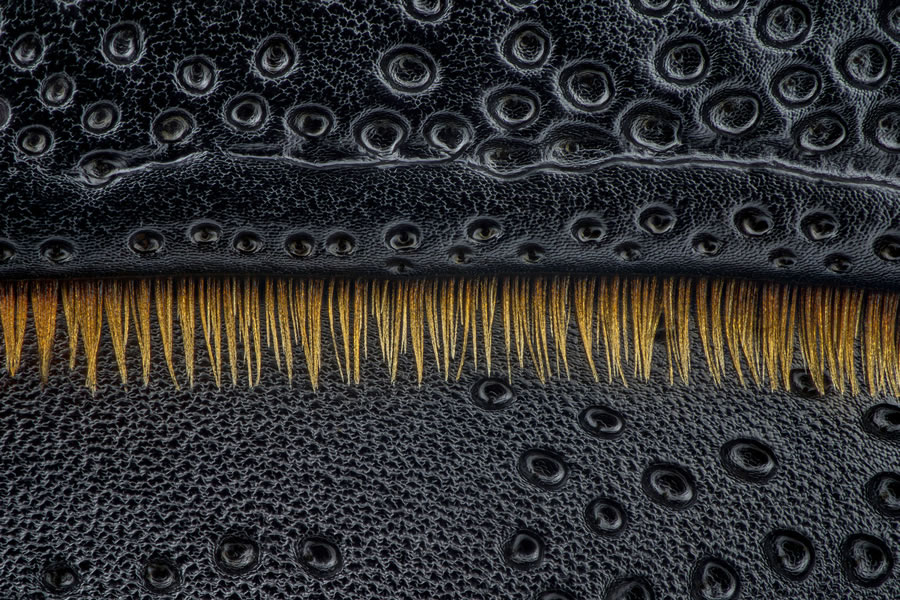
Impossible to see with the naked eye, this microscopic view of a lesser stag beetle (Dorcus parallelipipedus) shows what it looks like from head to chest. While these beautiful bugs look deceptively smooth on the surface, a closer look reveals a symphony of scales and textures.
#16. Art of Nature, Finalist: The Nebula by Morgan Heim

Reminders that we are all made of stardust can be found in the most unlikely of places: Including this Pacific sea nettle, (Chrysaora fuscescens) that has washed up on the beach. As the sun glints and radiates against its beautiful body, a galaxy shines through.
#17. Human/Nature, Winner: Nose To Nose by Douglas Gimesy

Lit by natural light, a veterinary student cradles and nuzzles a newly rescued, four-month-old common wombat (Vombatus ursinus) named Maude. Baby wombats, with their highly sensitive noses, especially appreciate such close contact. Despite their name, the number of wombats like Maude are on the decline, making this tender photo an even starker reminder of our greater role in their species’ survival.
#18. Human/Nature, Finalist: Tucked In by Marcus Westberg
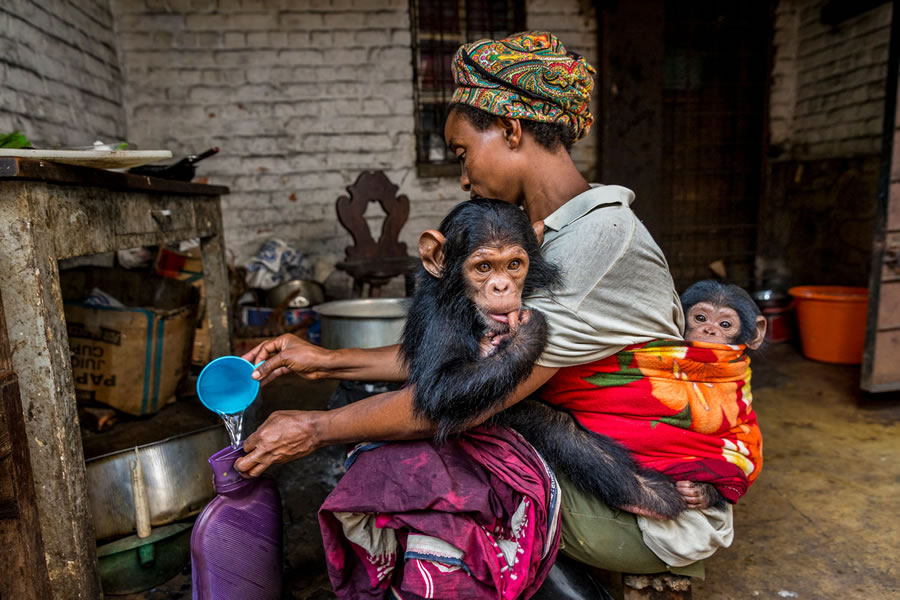
A Congolese care worker swaddles two rescued chimpanzees (Pan troglodytes) as she might her own children. This photographer spent several weeks working in and around Kahuzi-Biega National Park, including at the associated Lwiro Primate Sanctuary, where over 100 rescued chimpanzees have been given a second chance at life. The result of this time is a remarkable photo that not only tugs at the heartstrings, but reminds us that we are more alike than different.
#19. Human/Nature, Finalist: Lake In Pain by Daniel Núñez
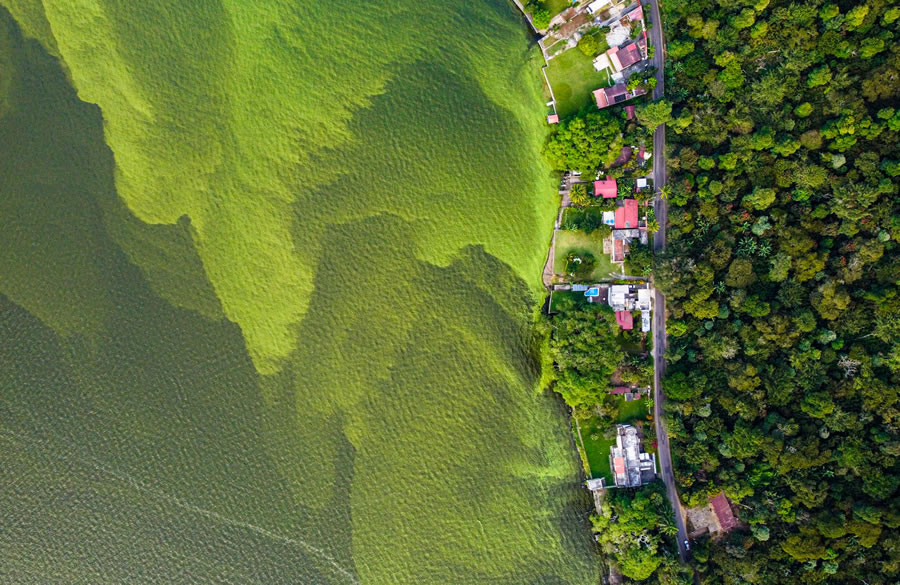
We’ve been conditioned to think that when it comes to nature, green is good; unfortunately, in the case of Amatitlán Lake this couldn’t be further from the truth. Each year, enormous quantities of untreated sewage and sediment are carried into this lake from Guatemala City. The result is this disarmingly neon green and undoubtedly toxic lakefront view, visible from the air.
#20. Photo Story: A Matter of Time, Winner: Cities Gone Wild by Corey Arnold
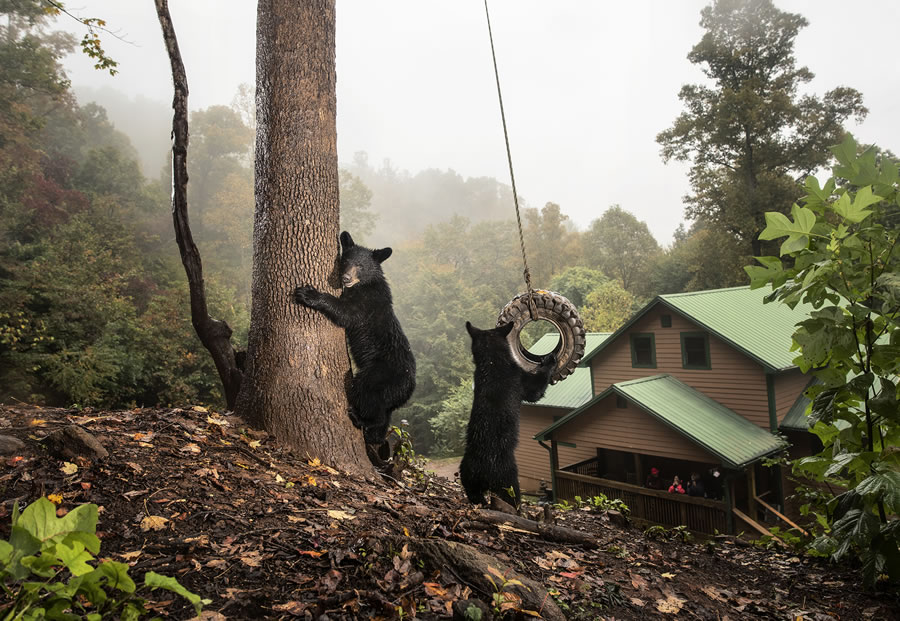
This series examines daily life from the perspective of three urban-savvy animals in the United States: American black bears (Ursus americanus), coyotes (Canis latrans), and raccoons (Procyon lotor). Each has proved themselves uniquely equipped to survive, even thrive, at a time when urbanization continues its march into previously natural spaces.
Related Articles:

